The Polynesian Saints are characterized by a tremendous faith. Why do they have this great faith? It is because these people are of the blood of Israel. They are heirs to the promises of the Book of Mormon. God is now awakening them to their great destiny. As Latter-day Saints we have always believed that the Polynesians are descendants of Lehi and blood relatives of the American Indians, despite the contrary theories of other men.” Peterson, Mark E., General Conference, April 1962.

“I would like to say to you brethren and sisters from New Zealand, you are some of Hagoth’s people, and there is no perhaps about it!” Joseph F. Smit.h As written in Robert E. Parsons, “Hagoth and the Polynesians,”
Pres. Bromley Mission to the Maori’s 1881
I have done previsous blogs about the Polynesians and the people of Hagoth A few weeks ago my sister Lori was reading the article and she noticed something familiar in my article. She saw the name W.M. Bromley as a missionary among the Maori’s and she knew our grandfather’s name was Clyde Bromley Nelson. She put two and two together and found out that my sister and I are related to William Bromley as he is our 2nd Great Grandfather. I’m sure many of you have felt a leap of joy when you find something new about one of your ansestors and my heart also leaped a little.
This blog is about the first Maori members and about William Michael Bromley as he served as the first Mission President in New Zealand sent by Pres Joseph F. Smith in 1881. I served a mission in Fiji and Kirabati and because of my great love for the Polynesians this story was even more interesting. I think you will all enjoy it as well.
You will also read of the miracles that happened for the Maori’s as they knew without a doubt that our Church was the only true one as they had visions from their Kings.

by R. Lanier Britsch
Latter-day Saint missionary work did not begin in New Zealand until 1854, and even then progress was slow. Because of difficult conditions for the Church in Utah, the mission in New Zealand was an on-again, off-again operation until the late 1870s. By that time several branches of the Church had been established among the European part of the population. But little had been done by our missionaries to attract the native people, the Maoris, to the Church.
Most Maoris had been converted to Protestant and Roman Catholic Christianity by the 1850s; but because they believed they had been cheated in land deals by the whites, whom they called pakehas, the Maoris made war on the pakehas. These wars lasted from the late 1850s until the 1870s. When the wars ended, the time seemed to be right to take the restored gospel to this outstanding part of the Polynesian race.
When William Bromley was called as New Zealand mission president in 1881, President Joseph F. Smith told him that the time was right to take the gospel to the Maoris. The first successes among them came in 1883, but once the Maoris and the Mormons got together, Maori converts flocked into the Church.

By the end of 1884 the missionaries had firmly established the restored gospel among the Maori people. The next several years were very satisfying to most of the elders and sister missionaries (several couples were sent to New Zealand beginning in 1885). In August 1885, there were 16 Maori and 4 pakeha branches of the Church, and this number continued to grow steadily for the next 15 years. At the close of 1887, there were 2,573 Latter-day Saints, and by the turn of the century there were nearly four thousand members of the Church in New Zealand. Most of the Maori tribes, including large numbers in the north, around Whangarei and the Bay of Islands, had been introduced to the gospel. In 1901 there were 79 branches. Clearly, since the early years in Hawaii, the Church had not enjoyed so much success with a Polynesian people.
Why did the LDS Church appeal to the Maoris? On the surface the Maoris seem very little different from their Polynesian brothers and sisters elsewhere in the Pacific. But even though Polynesians of all island groups have taken well to the restored gospel, the Maoris appear to have been prepared in special ways for the coming of the Mormon missionaries.
In pre-Christian times the Maoris had a well-developed form of religion. Tohungas, or priests, supervised worship and all else that was involved in this primitive religious system. Sometimes these men took roles similar to the shamans of northeast Asia. They became mediums for the atua, gods, whom they served. In these roles, according to Eric Schwimmer, the tohungas would give oracles, cure diseases, and admonish their people.1 After the establishment of Christianity, however, some old tohungas continued to carry on their former practices but now claimed to receive their revelations from a different source. In other instances family patriarchs, village elders, and chiefs acted as prophets and were “regarded with feelings of reverence and were credited with possessing supernatural powers.”2 No fewer than five such men made prophecies concerning the coming to New Zealand of the true church. As a result of such prophetic utterances, a number of Maoris ultimately joined the Church.
Each instance of prophecy is of great interest to Latter-day Saints. Two of these can serve as examples. In 1830, the year the Church was organized, an aged patriarch named Arama Toiroa, who lived in the area of Mahia, gathered his children, grandchildren, and relatives together and gave them some advice. (At that time most of his descendants had joined the Church of England.) His people, who considered him a seer, listened carefully to what he said:

“‘My dear friends, you must leave that church, for it is not the true church of the God of heaven. The church you have joined is from the earth and not from heaven.’
“Upon hearing this his people asked, ‘Where then can we find a church where we can worship the true God?’
“Arama Toiroa answered, ‘There will come to you a true form of worship; it will be brought from the east, even from beyond the heavens. It will be brought across the great ocean and you will hear of it coming to Poneke (Wellington) and afterwards its representatives will come to Te Mahia.
“‘They will then go northward to Waiapu but will return to Te Mahia.
“‘When this “Karakia,” form of worship, is introduced amongst you, you will know it, for one shall stand and raise both hands to heaven.
“‘When you see this sign, enter into that church. Many of you will join the church and afterwards one will go from amongst you the same way that the ministers came even unto the land from afar off.’”
Fifty-four years passed before Arama’s words were fulfilled. In 1884 Elders Alma Greenwood and Ira Hinckley brought the gospel to the Wellington area and then made their way to Hawkes Bay. There they were joined by President William E. Stewart, and together they traversed the path Arama had predicted. It was at Korongata, however, and not at Mahia, that Arama’s descendants first accepted the gospel. Brother Whaanga described the day when the gospel was first preached to Arama’s people:
“In journeying northward they reached … Korongata, where many of us were assembled on the Sabbath day.
“Amongst the people who were there was a grandson of Arama Toiroa whose name was Te Teira Marutu.
“The meeting was conducted by Elder Stewart and his friends. The services were opened with singing and prayer, and a Gospel address was delivered, after which they sang again, and Brother Stewart arose to dismiss with prayer. In doing so he raised both hands and invoked God’s blessing upon the people.
“As soon as the grandson of Arama Toiroa saw this he arose and declared that this was the church of which his forefather prophesied which would surely be firmly established amongst the Maori people.
“He and his wife applied for baptism, and they and their children were thus initiated into the Church by Elder Stewart.”3

Subsequently the missionaries returned to Mahia and held meetings with other descendants of Arama Toiroa. After seeing the sign, these people said, “This is indeed the church for us, for did not our revered forefather, Arama Toiroa, prophesy about it?”
Largely as a result of this prophecy, every person in Korongata joined the Church, and a large number of Maoris in Mahia entered the waters of baptism.
In 1845 a second prophet, Toaroa Pakahia, spoke words similar to those of Arama.4 And again in 1877. Apiata Kuikainga, an ancestor of Stuart Meha who was a faithful leader of the Church in New Zealand for many years, predicted that when the true church came, its ministers would teach salvation for the dead. In 1885, when this doctrine was preached to the Meha family by Elders George S. Taylor and Edward Newby, they all desired baptism.5 In 1881 Elder John Ferris wrote that Maoris had told him that “more than a year ago the king [Tawhiao] said a white man would come across the sea and preach to them the true gospel, and they affirm that they believe he [Ferris] is the man.”6 Elder Ferris wrote to the Deseret News in Salt Lake City that three Maori chiefs considered him to be the man spoken of by the king two years before. He had come from “a far country and would give them the good church.”7 The complete text of King Tawhiao’s prophecy was later quoted in the Improvement Era in 1932:
“Our church is coming from the east—not a church paid with money. Its ministers go two by two; when they pray they raise their hands. They will not come to go among the Pakeha (Europeans) but will dine, live, talk, and sleep with you. The sign will be the writing of the names of males, females and children. … Those churches that have already come are nothing, but when these come that I speak about, do not disturb them—that will be your church!”8The Latter-day Saints interpreted the “sign of writing names” to be a reference to genealogical work and work for the dead. During 1885–86, 7 branches, having 537 souls, were raised up in the Waikato.
After considerable debate and discussion, the chiefs decided to place the questions—specifically “Which of the churches is the church for the Maori race? Which of them should we join?”—before the most respected and wisest chief among them. This was Potangaroa, who, when asked the questions, answered with one word, “Taihoa,” which means “wait.” He retired to his own home and meditated, fasted, and prayed about the problem for three days. When he returned to the convention, he addressed his people, saying:

“My friends, the church for the Maori people has not yet come among us. You will recognize it when it comes. Its missionaries will travel in pairs. They will come from the rising sun. They will visit with us in our homes. They will learn our language and teach us the gospel in our own tongue. When they pray they will raise their right hands.”9
 Pres William Bromley
Pres William BromleyPotangaroa then asked Ranginui Kingi to write his words as he continued to answer the questions which had been put to him. He called the transcription of his words “A covenant for remembering the hidden words which were revealed by the Spirit of Jehovah to Paora Potangaroa.” We again quote from Elder Cowley, who translated the document: “First, this is the day of the fulness (1881).” Brother Cowley points out that later that year the fulness of the gospel was taken to the Maoris. Actually, President Bromley and his colleagues first visited a Maori village, Orakei, on March 6, 1881, ten days before the “covenant” was given to the Maoris at Te Ore Ore. “Second, the year 1882 would be the year of the ‘sealing’ (or the year they would learn the sealing ordinances). Third, the year 1883 will be the year of ‘the honoring’—of ‘great faith’—as it is written: ‘render therefore to all their dues: tribute to whom tribute is due; custom to whom custom; fear to whom fear; honor to whom honor.’ (Rom. 13:7)” In that year the Maoris began to honor the true God by rendering their dues to him and entering The Church of Jesus Christ of Latter-day Saints. Members of the Ngatikahungunu tribe, especially, began to enter the Church in large numbers. The Te Ore Ore Branch was organized on December 16, 1883.
The document concludes in these words:
“This covenant is to be remembered by the generations which follow after us. And the fruits of that which is set forth above [in the covenants] are—we are the lost sheep of the House of Israel. [We will learn of] the scepter of Judah; of Shilo; of the king of peace; of the day of judgment; of the kingdom of heaven; of the sacred church with a large wall surrounding; of the increase of the race; of faith, love, peace, patience, judgment, unity. All this plan will be fulfilled by the people of Ngatikahungunu Tribe during the next forty years.
“March 16, 1881 Ranginui Kingi”10
 Elder Cowley identified the “sacred church with a large wall surrounding” with the Salt Lake Temple. He also pointed out that the only Maoris to participate in all the ordinances of the gospel during the next 40 years (until 1921), including the temple rites, were members of the Ngatikahungunu tribe. Later many members of other tribes participated in all blessings of the gospel.11
Elder Cowley identified the “sacred church with a large wall surrounding” with the Salt Lake Temple. He also pointed out that the only Maoris to participate in all the ordinances of the gospel during the next 40 years (until 1921), including the temple rites, were members of the Ngatikahungunu tribe. Later many members of other tribes participated in all blessings of the gospel.11
There is no question as to the authenticity of the prophecies of Potangaroa or of the document that Elder Cowley used. Potangaroa was well known in his time. In fact the Anglican hierarchy in New Zealand was aware of his activities as we have described them above, but concluded that he had not accomplished his ends.12
Shortly after leaving New Zealand in 1884, Elder Alma Greenwood wrote about Potangaroa’s influence. “Many of the natives were led to investigate the new and somewhat strange religion, which had come in their midst. This, too, was in accordance with some predictions previously made by a Maori prophet: that in 1883, a new religion would come [at this time the restored gospel was unknown among the Maoris of the Wairarapa], and all other religions would be inferior to the new one. The prophecy and its literal fulfillment gave the gospel prestige and influence among that people.”13
There were a number of other reasons for the Mormon-Maori connection. The Maori prophets identified some of the characteristics of the Mormon missionaries: In addition to traveling in pairs, eating, sleeping, and visiting with the Maoris in their homes, the elders also learned the Maori language so that they could understand the Maoris and their thinking. The elders willingly endured various privations and discomforts in order to remain among the Maori people. All this touched the Maoris with the sincerity of the new gospel messengers. Some elders sweated beside Maoris building chapels, schools, and halls, and almost all elders traveled through storms from time to time to reach isolated destinations. As Barker states it, “The habitual enthusiasm, friendliness, devotion and sincerity of most of the elders impressed the Maoris. Both Mormons and Maoris placed high premiums on hospitality and friendliness.”14
But the foregoing were but surface reasons for the Mormon impact on the Maoris. Ian Barker captures the essence of the Mormon-Maori connection in these words:
“Important features of Mormonism appeared to have deep roots in Maori tradition. Conversion to Mormonism did not involve a sharp break with the past that conversion to Christianity had. To the Maori, the adoption of Mormonism implied a restoration of traditional sacramentals in a modified form. Historical, social, mythological and religious similarities enabled the elders and the Maoris to establish bonds of sympathy and understanding, which in no small part contributed to Mormon successes.”15

Mormonism had a familiar ring to the Maoris. It must be remembered that by the time LDS doctrine was introduced to the Maoris, they were but one or two generations removed from their pre-Christian religion. Although most Maoris had given up the past, they still remembered many of their old traditions and practices. Even before Mormonism, the Maoris had turned to millennial faiths and various adjustment cults in an effort, generally a conscious one, to bridge the gap from the past to the present. Mormonism, too, emphasized the coming time of peace which would be ushered in by the Savior. Of great importance to the Maoris, as they discovered Mormonism and used it to make the adjustment to the pakeha world, was that the elders did not reject Maoritanga, Maori cultural traditions, in their entirety. The missionaries, too, believed that the Maoris were being brought again into a fold from which they had strayed, but from which they had not wandered too far.
Before 1865 the typical Maori probably would not have made any connection between the Maori God Io and the Mormon God Jehovah. Before that date Io was a secret deity who was known only to a few high-ranking tohungas. Io was the one god, the creator, omniscient, omnipotent, and uncreated. Although non-Mormon scholars have doubted that the idea of a supreme god in Polynesia antedated Christianity, LDS missionaries and members have always believed and even expected that the Polynesians would have a remnant of the truth as they knew it. It did not surprise the LDS to hear that Io reigned supreme over many other gods who carried out various functions in heaven and on earth. Nor did the concept of the hereafter, wherein the dead were ushered through one of four doors, rather than through the Pearly Gates or into hell, surprise the Mormons. They had always believed that men would be sent to many mansions, some to glory but most to one or another degree of happiness in accordance with their works and disposition. The atua or lower gods were generally identified with elements of nature, but there was a latent belief in anthropomorphism within the Maori religion. While sectarians struggled to remove all vestiges of such belief, the Latter-day Saints not only condoned but strongly affirmed that God the Father and Jesus Christ were immortal men, who looked like men, even though they were gods. All this seemed to make more sense to many Maoris than did the doctrines of mainline Christianity.16

The Maoris had intense interest in and love for their families. The Mormon concept of eternal families immediately appealed to many Maoris. They had long revered their dead, and when Christianity was brought to them, the Maoris feared for the pagan spirits of their ancestors. But unlike the orthodox missionaries, who could suggest no alternative to eternal burnings, the elders taught a message of hope and salvation.
Not only did the Mormon missionaries teach about salvation for the dead, but they also taught the Maoris the doctrine of eternal increase. The resurrection was to be a literal physical rebirth. Men would be men and women would be women; and husbands and wives, if they had been faithful in living the gospel and keeping the commandments, were promised the blessing of eternally producing offspring similar to whom the eternal parents had created.

The Maori tohungas had sought and received revelations from God. They considered it their responsibility to be seers and lived so that they could carry out this function. The tohungas also performed healings and exorcised evil spirits. These functions were also performed by village elders and patriarchs after the introduction of Christianity. Continuous revelation, healing, and exorcism were generally discounted by the Protestant and Catholic missionaries as being superstitions from a bygone era, or as parts of the gospel that were no longer in vogue. The Mormon elders, however, taught the necessity of contemporary revelation as well as of all other gifts of the Spirit as taught in the New Testament. A main tenet of the restored gospel was that the priesthood had been given again to man. Maoris accepted this idea, and as has been illustrated several times before (and could be shown by numerous examples even by 1887), many miracles—mostly healings—were performed by the elders.
Some Latter-day Saints suggested even before LDS missionary work was started among them that the Maoris were of the house of Israel. This may be explained by the fact that following the introduction of Christianity, the Maoris soon identified themselves with Judah. Then, as the competition for land became more intense between them and the pakehas, and particularly as the Maoris began to realize that they were coming out on the short end in most transactions, the persecutions of Judah became all the more real to them. When the Mormon elders began teaching about the history of the Church, it became evident that the Mormons, too, were a persecuted people. This helped to establish a bond between Mormons and Maoris—they understood each other.
But there was much more to the idea that the Maoris were of Israel than merely shared persecutions. Far more important was the Mormon belief that the Maoris, like their Polynesian brothers and sisters elsewhere, were literally of Abraham through his posterity who immigrated to the American continent, as is told in the Book of Mormon. Since the days of George Q. Cannon in Hawaii (1851–54), the Church leaders had more and more frequently alluded to the idea that the Polynesians were descendants of Lehi, the early Book Of Mormon prophet. Although the relationship between the Polynesian peoples and the adventurer Hagoth (see Alma 63:5–8) is not clear—he being a Nephite and the Polynesians appearing to be Lamanites—Church leaders have time and time again referred to the Polynesians as children of Lehi. In the Book of Mormon, 2 Nephi 4, father Lehi blessed the offspring of his evil sons Laman and Lemuel and promised them that their posterity would one day have all the blessings promised to Abraham. The Latter-day Saints believe this refers specifically to the blessing of membership in the Lord’s church and of holding the priesthood. Latter-day Saint missionaries believed and taught that the Maoris were chosen sons and daughters of Abraham. The elders expected the Maoris to accept easily the restored gospel and to assume their rightful place as leaders in the Church. There was almost no racial prejudice on the part of the Mormons toward the Maoris.
Although the first Maoris who were offered the priesthood were hesitant to accept it, it was not long before they assumed nearly all of the positions of leadership in the branches. Many Maoris were ordained to positions in the priesthood. In this way, the Mormon church became their own church. They led it, taught the members, blessed their own sick, and guided their own families through personal revelation.
 After reading the foregoing, one might ask why the Lord would go to so much trouble for the Maoris. Why were they warned of the coming of the restored Church? Why did they find it so easy to accept the Church when it came? These are not easy questions to answer, and this writer does not wish to speculate. The only explanation I have found that answers these questions with authority is in a letter from the First Presidency, (Joseph F. Smith, Anthon H. Lund, and John Henry Smith), written to the Maori Saints on the occasion of their annual Hui Tau (conference) in 1911. In answer to the specific question as to why the Polynesians seemed to be more blessed and favored of the Lord than the Lamanites on the American continent, they answered:
After reading the foregoing, one might ask why the Lord would go to so much trouble for the Maoris. Why were they warned of the coming of the restored Church? Why did they find it so easy to accept the Church when it came? These are not easy questions to answer, and this writer does not wish to speculate. The only explanation I have found that answers these questions with authority is in a letter from the First Presidency, (Joseph F. Smith, Anthon H. Lund, and John Henry Smith), written to the Maori Saints on the occasion of their annual Hui Tau (conference) in 1911. In answer to the specific question as to why the Polynesians seemed to be more blessed and favored of the Lord than the Lamanites on the American continent, they answered:
“The Lord … directed their course away from this continent [America] to their [the Polynesian ancestors’] island homes, that they might not be left to be preyed upon and destroyed by the more wicked part of the House of Israel whose descendants still roam upon this continent in a fallen and degraded state. … This is the secret of the overruling hand of providence which has been over you all from that time until you received the gospel through the preaching of the elders, and until the present time. …
“And we repeat, the reason that few of the islands of the sea have been more highly favored and blessed in the Lord than those of your brethren of this continent is because of the worthiness of your forefathers who were led away and separated from their brethren of this continent, and because of the blessing of the Lord which has attended you, their children, from that time to the present.”17
Other sources:
New Zealand: LDS Chronology
September 1853 • Australia Missionaries William Cooke and Burr Frost taught Francis and Emma Evans. Although baptized in Australia, they were the first known New Zealanders to join the Church.
October 27, 1854 • Auckland, New Zealand Augustus Farnham and William Cooke became the first missionaries to visit New Zealand, accompanied by recent convert Thomas Holder.
December 31, 1854 • Karori, New Zealand (near Wellington) Martha Holder of Karori, mother of Thomas Holder, became the first known convert baptized in New Zealand. April 1855 • Karori The Karori Branch became the first branch organized in New Zealand. May 31, 1868 • Kaiapoi, New Zealand (near Christchurch) The Kaiapoi Branch became the first branch organized on the South Island.
1872 • Kaiapoi James Burnett became the first Latter-day Saint missionary to preach to the Māori people in New Zealand. He preached before a gathering of approximately 150 natives, some of whom responded favorably, but language and cultural barriers limited his success at that time.
August–October 1878 • Papanui, New Zealand (near Christchurch) With the arrival of Thomas A. Shreeve, continuous missionary activity began with progress among Europeans. Working alone, Shreeve baptized more than 20 during his first three months in the Christchurch area.
December 26, 1879 • Papanui Thomas A. Shreeve organized the first Relief Society in New Zealand for the Christchurch Branch, with Ann James as president.
March 16, 1881 • Te Ore Ore, New Zealand (near Masterton) At a gathering of the Ngāti Kahungunu tribe, a Māori prophet named Pāora Te Potangaroa predicted a church would one day come from the east and that its missionaries would learn the Māori language and pray with their hands raised. Similar prophecies had been made by other Māori holy men.
October 18, 1881 • Auckland Ngataki from Ngaruawahia became the first Māori baptized in New Zealand.
February 25, 1883 • Waotu, New Zealand The first Māori branch was organized, with Hare Te Katera as president.
1889 • New Zealand The Book of Mormon was published in Māori.
January 1, 1898 • Australia and New Zealand The Australasian Mission was discontinued and replaced by the Australian Mission and the New Zealand Mission. Church members in New Zealand numbered 4,000, 90 percent of whom were Māori.
For the rest of the dates visit here: https://www.churchofjesuschrist.org/study/history/global-histories/new-zealand/nz-chronology?lang=eng
Ngāti Kahungunu
Ngāti Kahungunu is the third largest tribal group in New Zealand. Although it is generally referred to as an iwi (tribe), like a number of other iwi it is perhaps more correct to consider Ngāti Kahungunu a grouping of tribes and hapū (sub tribes), all of whom are descendants of Kahungunu.
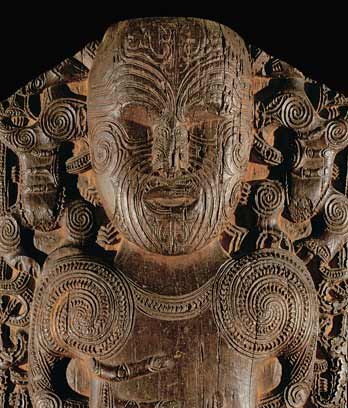 The three main tribal divisions are:
The three main tribal divisions are:
- Ngāti Kahungunu ki Wairoa (traditional northern boundary the Wharerata Ranges south of Poverty Bay)
- Ngāti Kahungunu ki Heretaunga (traditional eastern boundary Hawke Bay)
- Ngāti Kahungunu ki Wairarapa (traditional southern boundary the Remutaka Ranges in southern Wairarapa). Source:
Handsome and hard-working, the influential leader Kahungunu supervised building, irrigation, carving and canoe-making. During his life he married nine women, and his courtship of the beautiful Rongomaiwahine at Māhia Peninsula is legendary. Kahungunu’s many descendants – the people of Ngāti Kahungunu – also formed strategic marriages, creating a network of alliances from Gisborne to the Wairarapa.
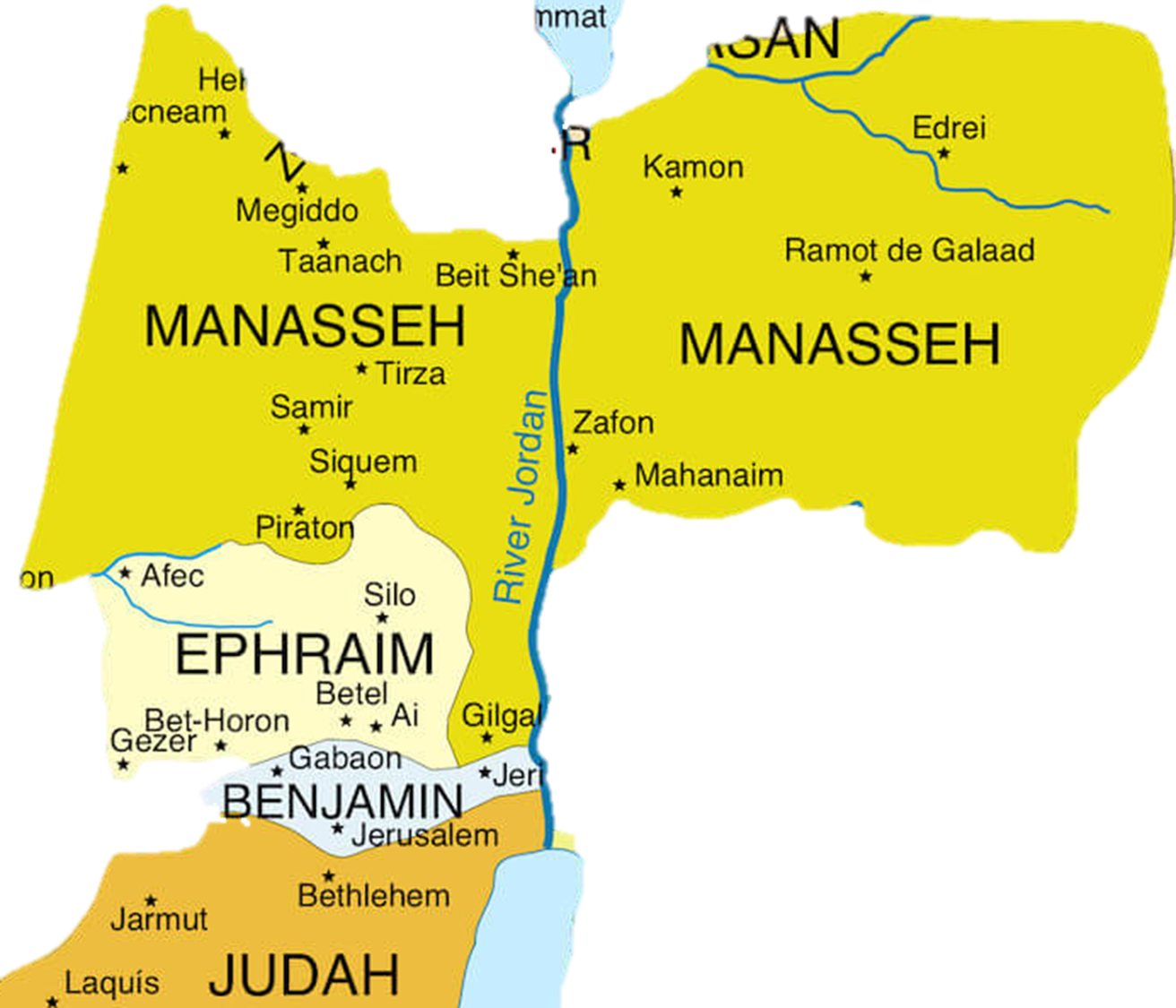
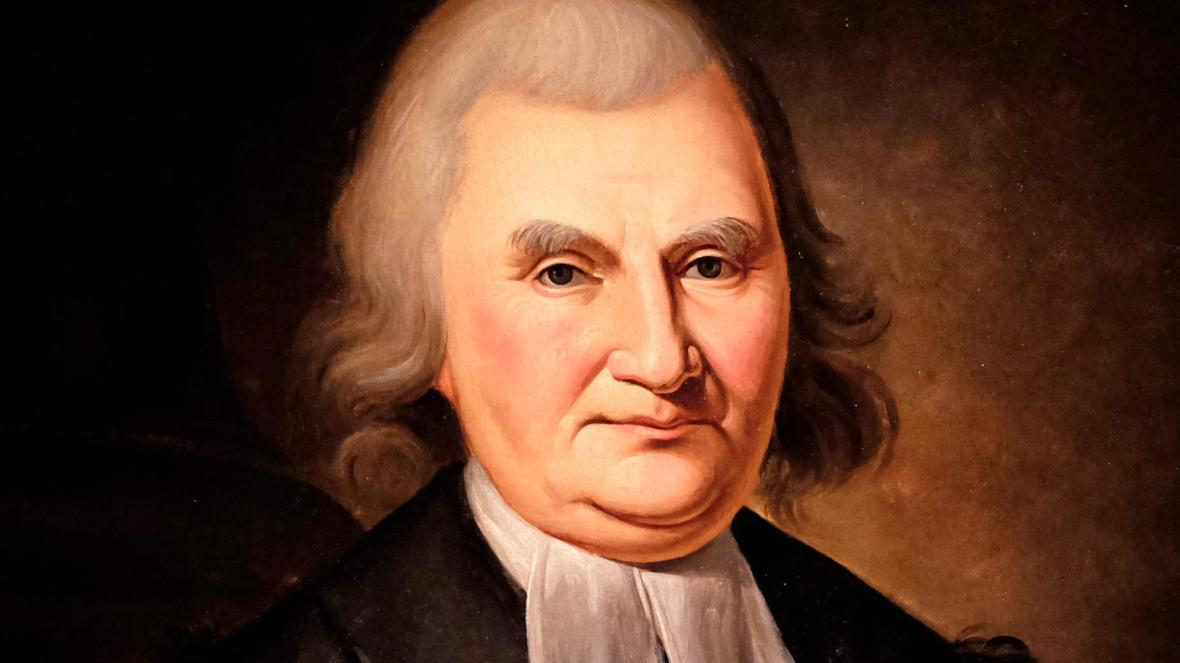


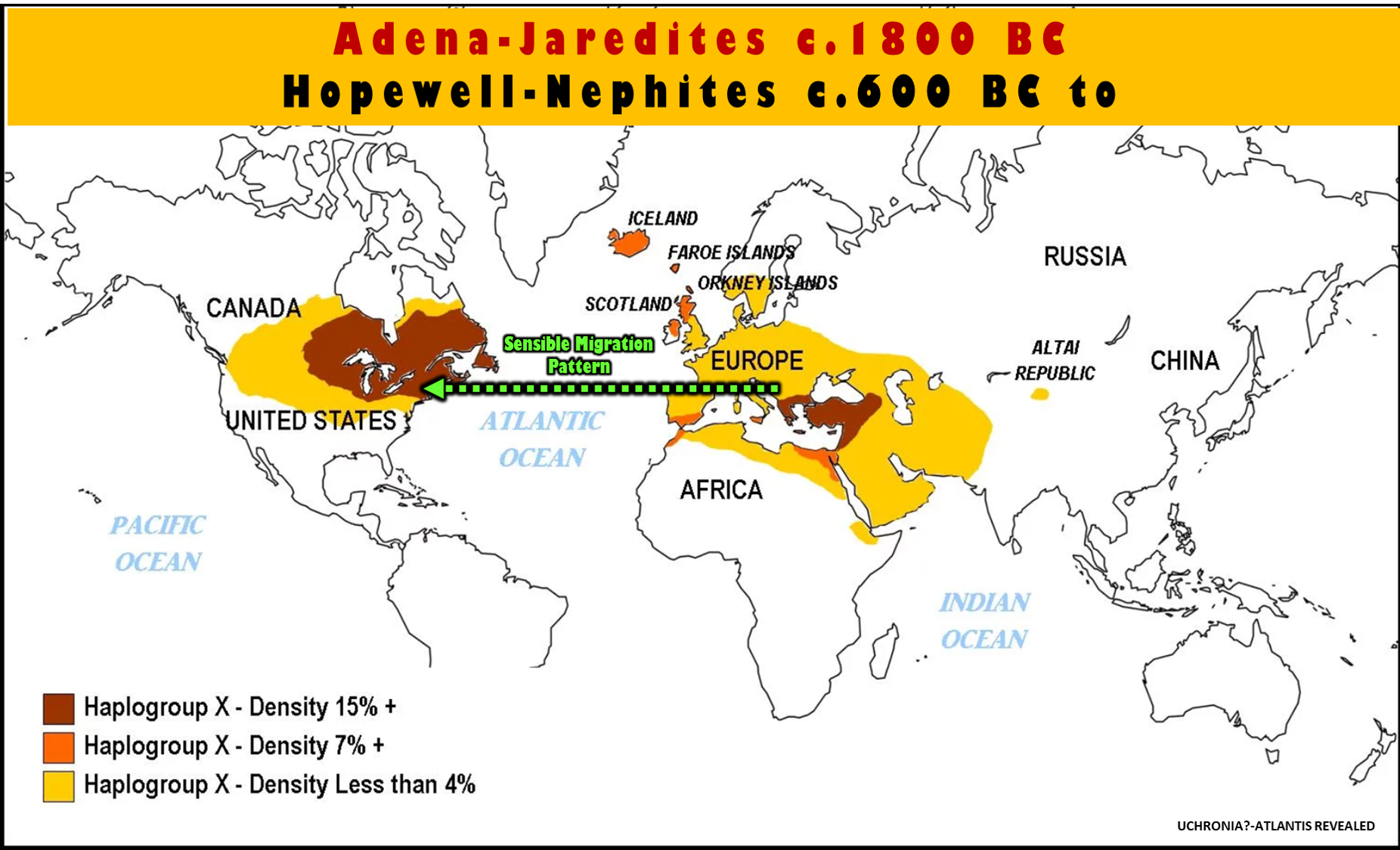



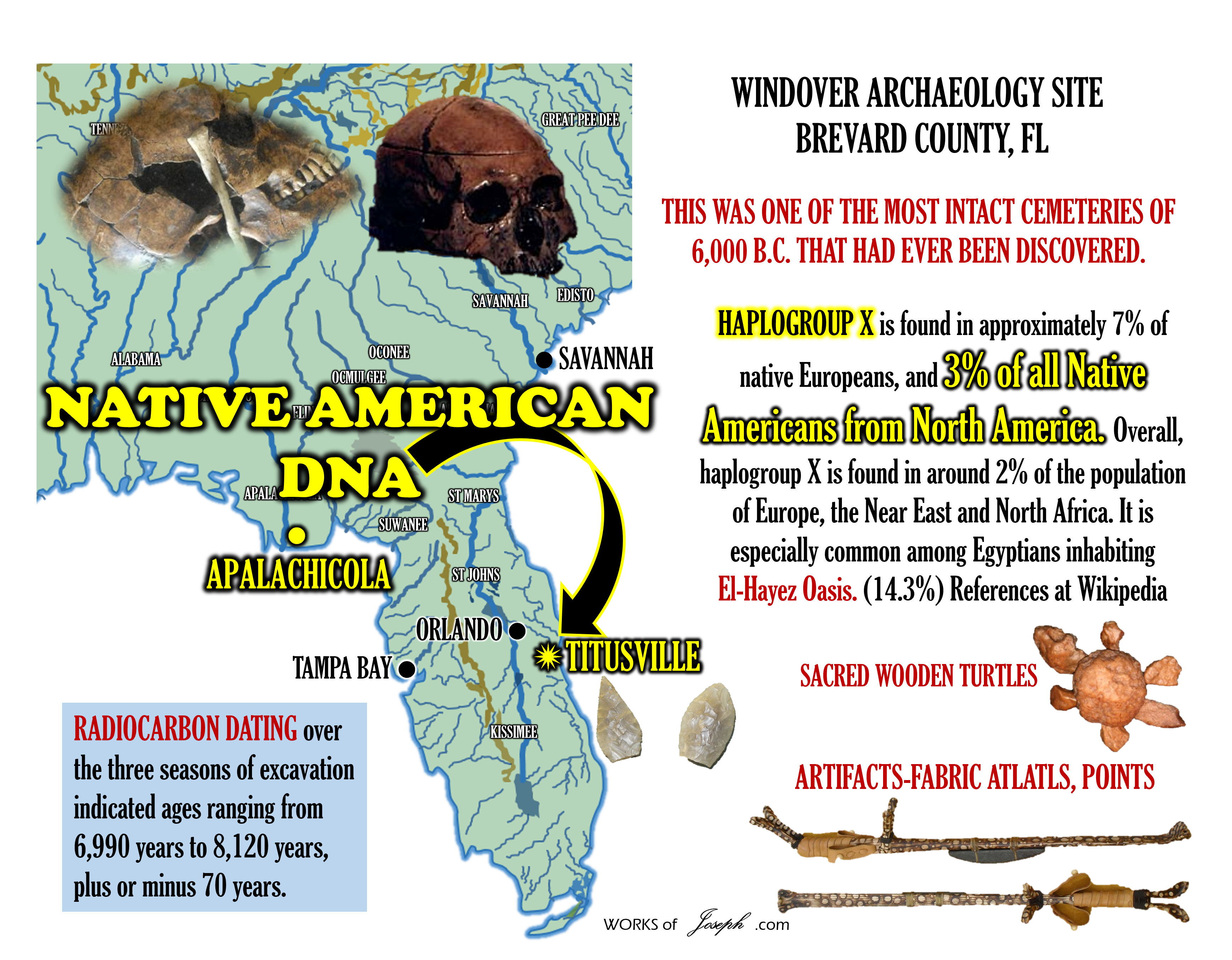
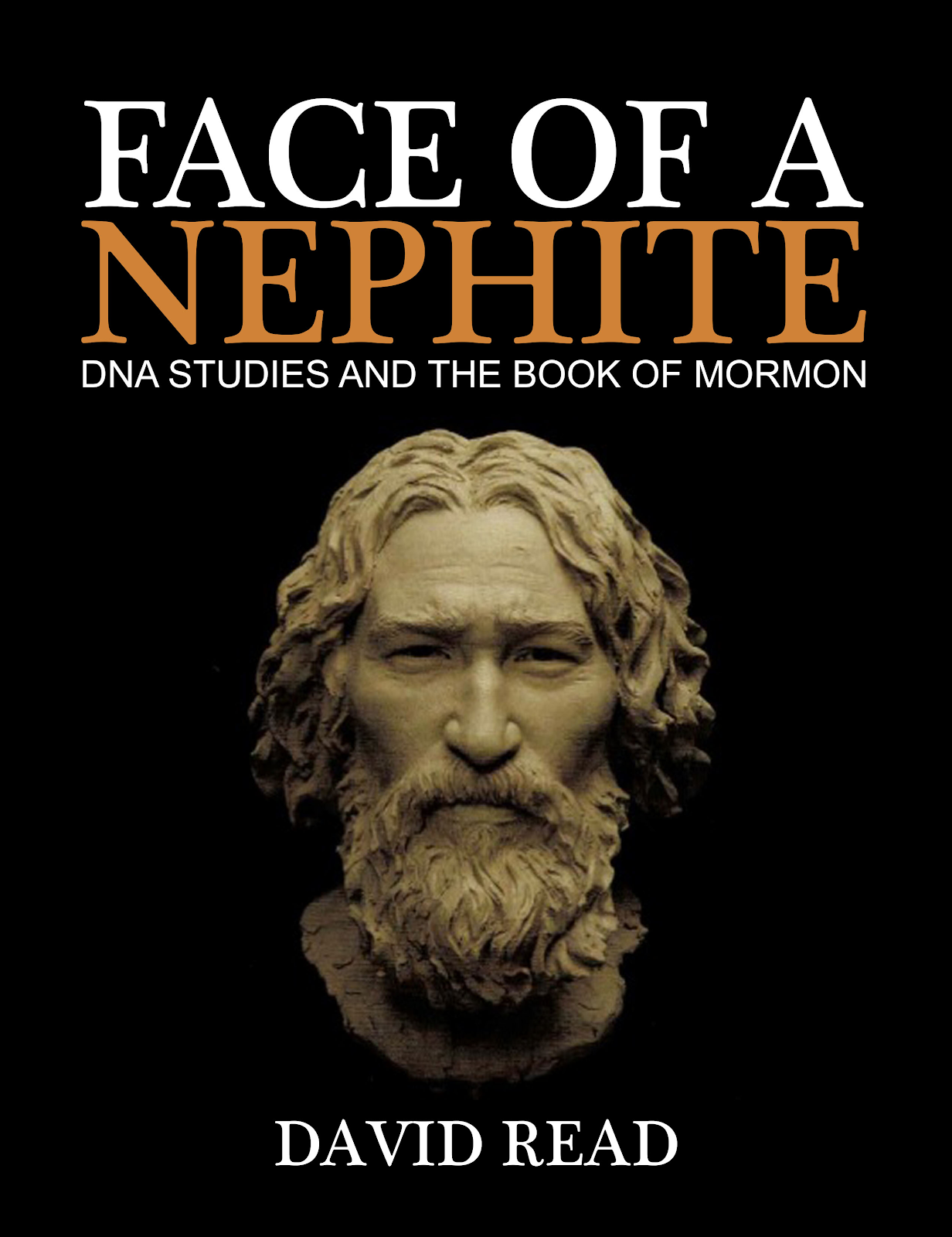





 Purchase Annotated Book of Mormon Here:
Purchase Annotated Book of Mormon Here: 


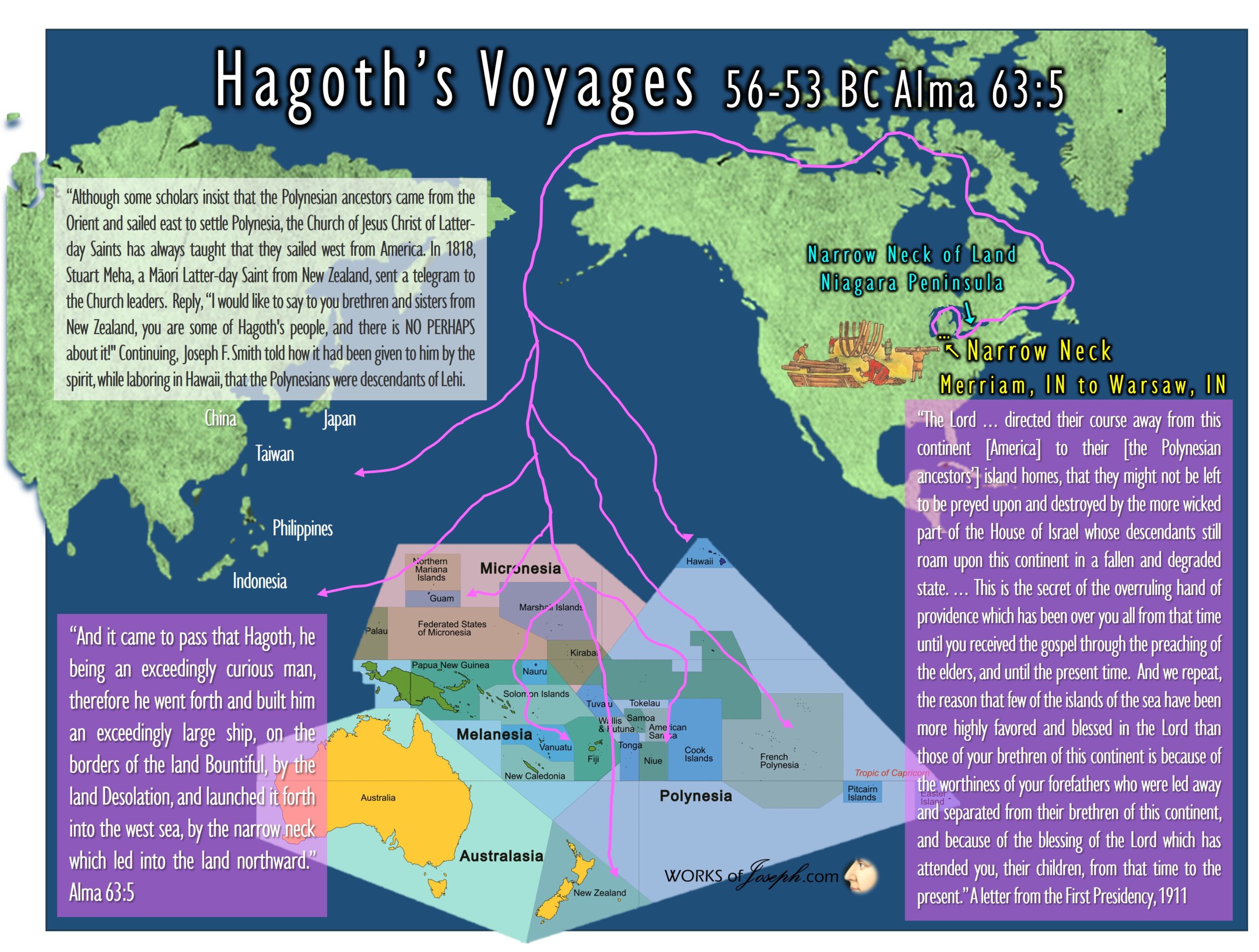
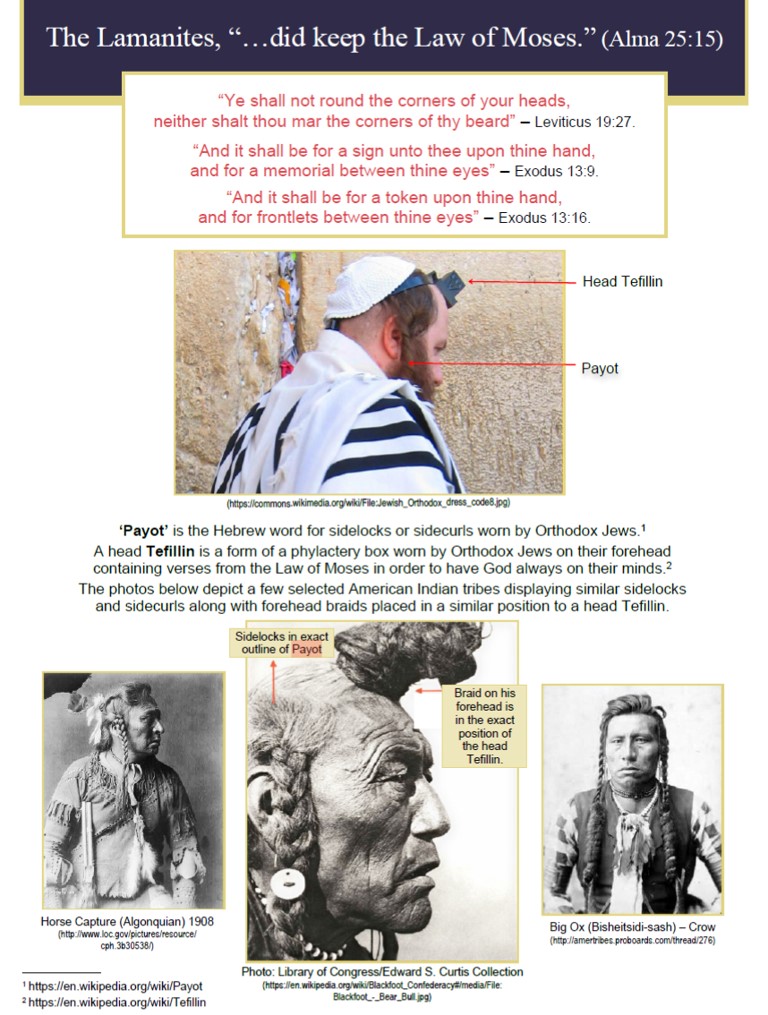
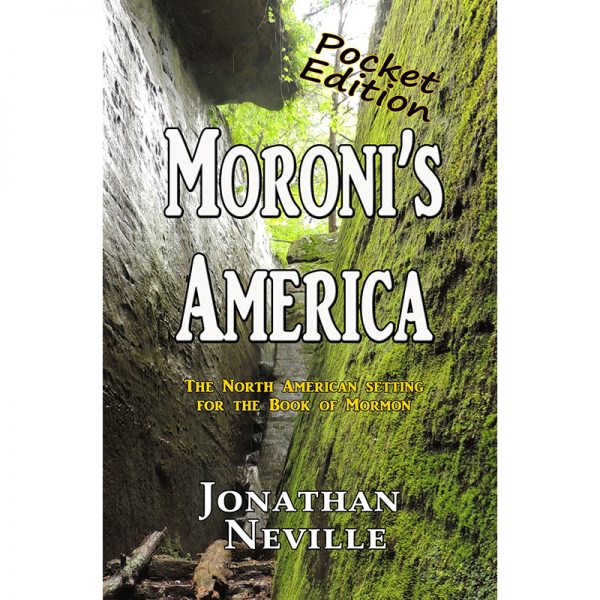

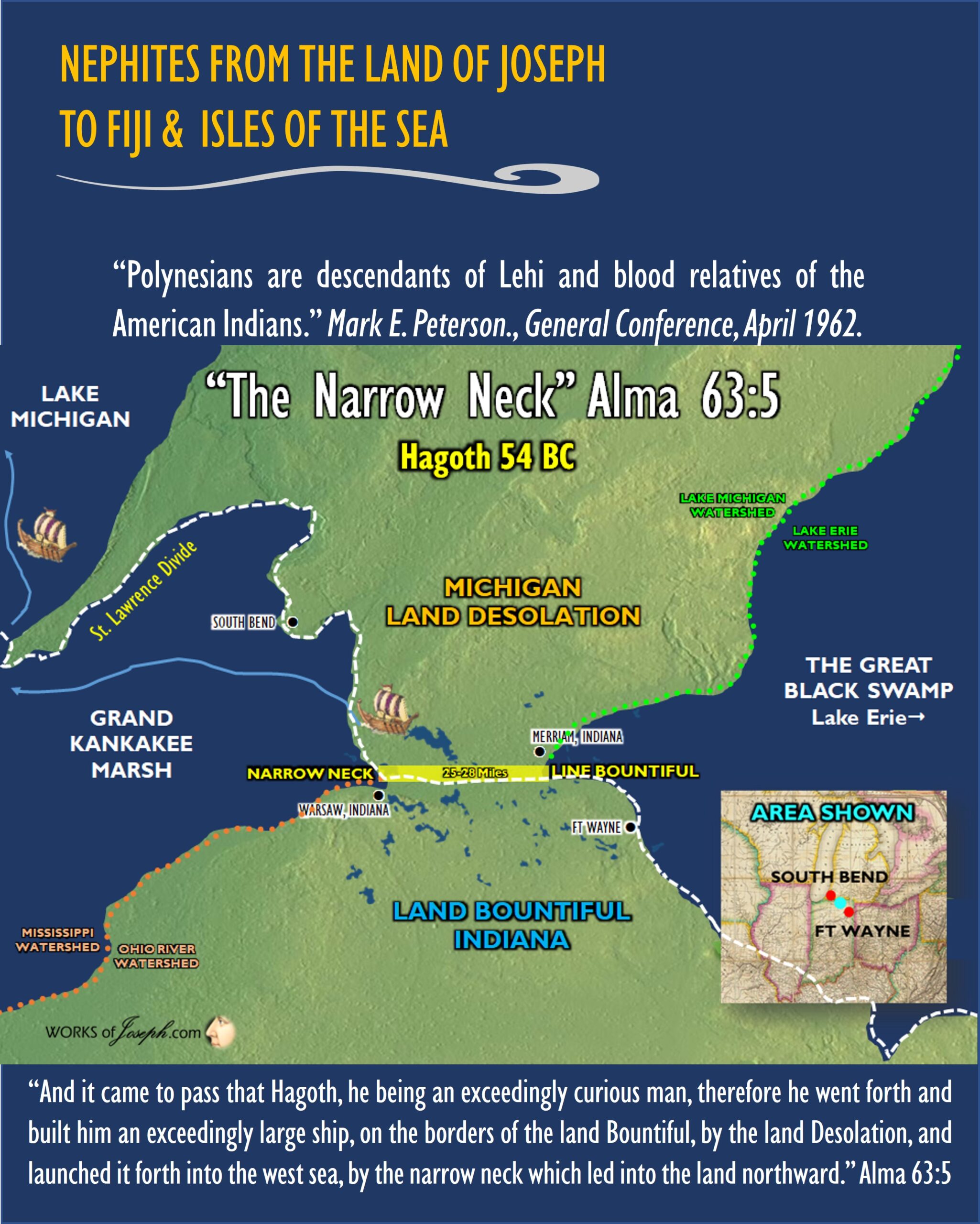
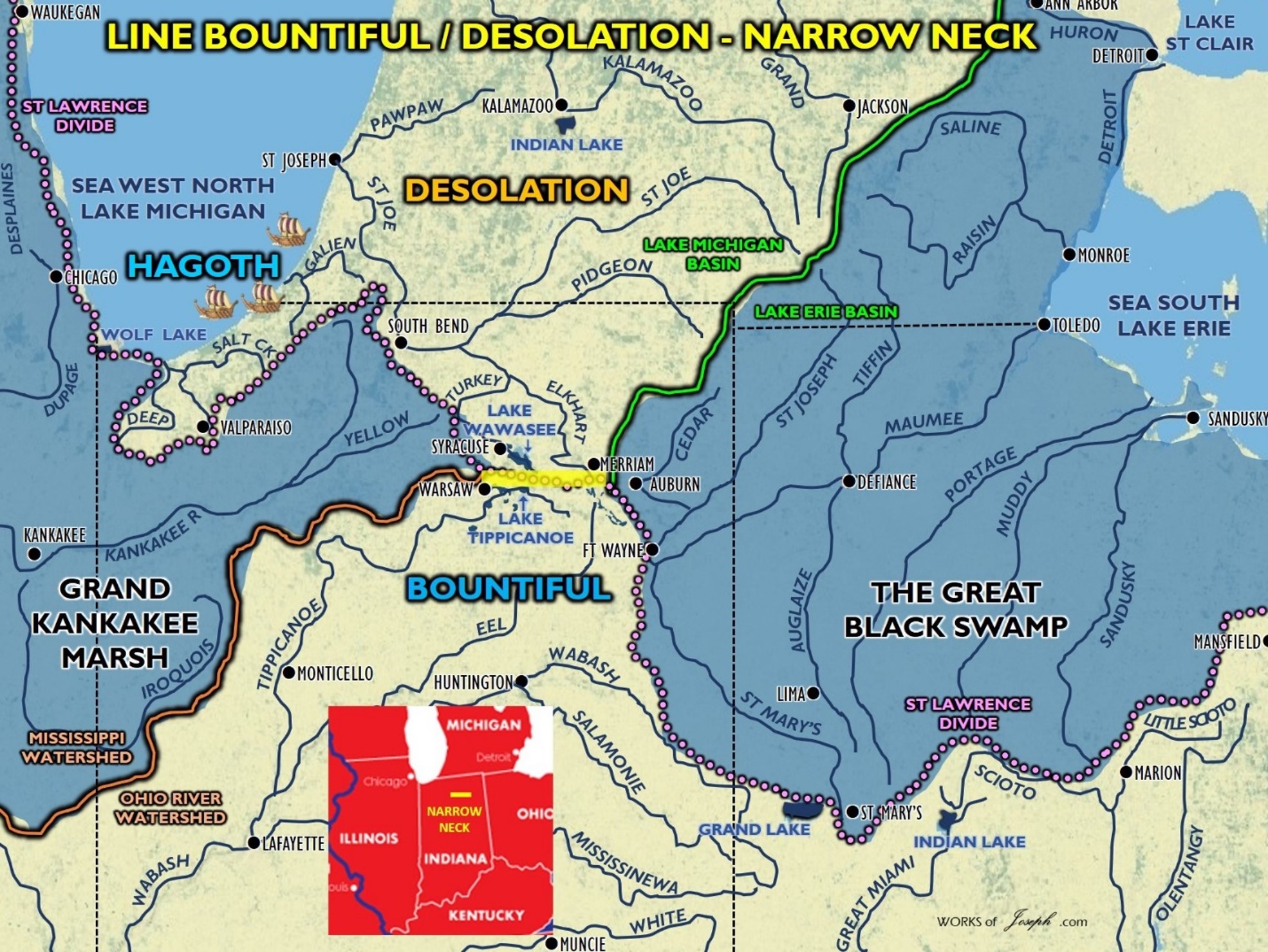 This all becomes clearer by referencing the map to the left.
This all becomes clearer by referencing the map to the left. I remember that beautiful land and the wonderful saints of Fiji very well, as I served a mission from 1975 to 1977. I was privileged to meet President Spencer W. Kimball the prophet who called me on my mission to Fiji. There in 1976 he visited Fiji with Elder Russell M Nelson as his personal Doctor along with Elder David B. Haight as a newly called Apostle. The picture on the left is Pres Kimball in Fiji in 1976 with District President Yee on his left and Sister Yee on his right. Over his left shoulder is Mission President Kenneth M. Palmer from New Zealand and over his right shoulder is Elder Rian W. Nelson. What an honor it was to be there that day. At that time in Fiji we only had about 600 members and today (2021) we have
I remember that beautiful land and the wonderful saints of Fiji very well, as I served a mission from 1975 to 1977. I was privileged to meet President Spencer W. Kimball the prophet who called me on my mission to Fiji. There in 1976 he visited Fiji with Elder Russell M Nelson as his personal Doctor along with Elder David B. Haight as a newly called Apostle. The picture on the left is Pres Kimball in Fiji in 1976 with District President Yee on his left and Sister Yee on his right. Over his left shoulder is Mission President Kenneth M. Palmer from New Zealand and over his right shoulder is Elder Rian W. Nelson. What an honor it was to be there that day. At that time in Fiji we only had about 600 members and today (2021) we have 

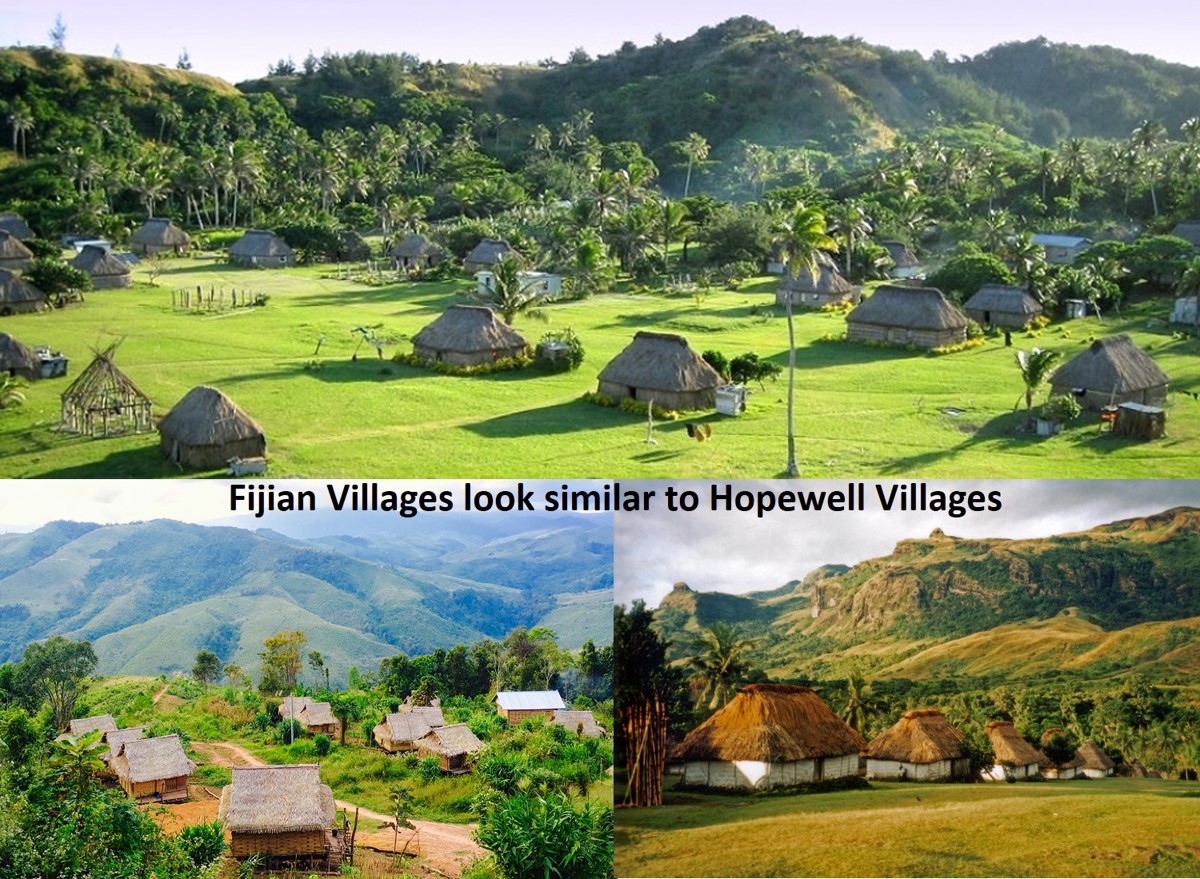
 *The expression that Hagoth was an “exceedingly curious man” meant that his skills and knowledge in ship building were extremely good and was beyond the ability of common men. To those who could not comprehend how he could have constructed the ship, they used the term “curious” to describe his skills, similar to Nephi’s skill referred to in 1 Nephi 18:1.341 Hagoth’s Travels Alma 63:6 (55 B.C.)
*The expression that Hagoth was an “exceedingly curious man” meant that his skills and knowledge in ship building were extremely good and was beyond the ability of common men. To those who could not comprehend how he could have constructed the ship, they used the term “curious” to describe his skills, similar to Nephi’s skill referred to in 1 Nephi 18:1.341 Hagoth’s Travels Alma 63:6 (55 B.C.)
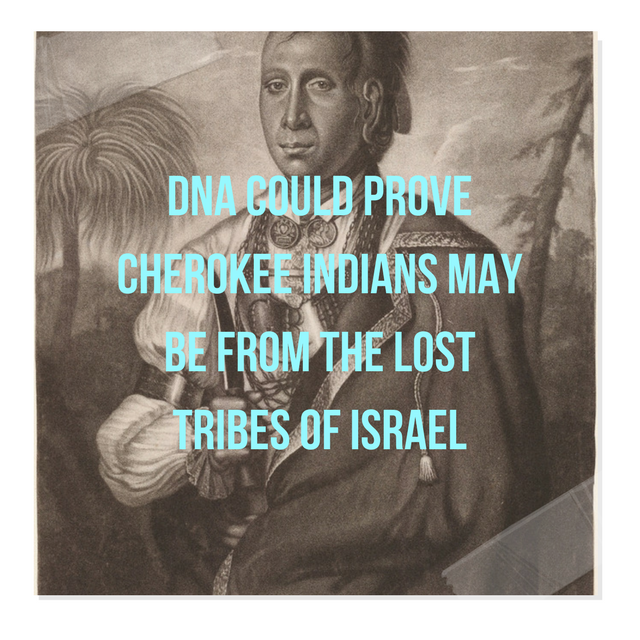
 Purchase Here:
Purchase Here:
 LDS scholar and surgeon, Dr. David Stewart in his online article found on the Church’s LDS.org website titled “DNA and the Book of Mormon,” quotes fellow LDS scholar Martin Tanner, contributor to the Neil A. Maxwell Institute for Religious Scholarship (formerly FARMS), who explains his position:The idea haplogroup X has been in the Americas for 10 to 35 thousand years is based solely upon the assumptions of the Hardy-Weinberg equilibrium, which include: (1) completely neutral variants, (2) no mutation, (3) no migration, (4) constant near infinite population size, and, (5) completely random mate choice. In the Book of Mormon account, most of the Hardy-Weinberg equilibrium assumptions are inapplicable. The wilderness journey, the ocean voyage, and the colonization of the new world, result in patterns of genetic selection and DNA migration different from that found in Lehi’s home environment. Closely related individuals married and we are dealing with an [initially] very small group, not a nearly infinite population which would dramatically alter DNA marker distribution and inheritance over time. If we take these assumptions about haplogroup X instead of the Hardy-Weinberg assumptions, haplogroup X could have been introduced into the Americas as recently as one to two thousand years ago, far less than the ten to thirty-five thousand years under the Hardy-Weinberg assumptions. Ref 96
LDS scholar and surgeon, Dr. David Stewart in his online article found on the Church’s LDS.org website titled “DNA and the Book of Mormon,” quotes fellow LDS scholar Martin Tanner, contributor to the Neil A. Maxwell Institute for Religious Scholarship (formerly FARMS), who explains his position:The idea haplogroup X has been in the Americas for 10 to 35 thousand years is based solely upon the assumptions of the Hardy-Weinberg equilibrium, which include: (1) completely neutral variants, (2) no mutation, (3) no migration, (4) constant near infinite population size, and, (5) completely random mate choice. In the Book of Mormon account, most of the Hardy-Weinberg equilibrium assumptions are inapplicable. The wilderness journey, the ocean voyage, and the colonization of the new world, result in patterns of genetic selection and DNA migration different from that found in Lehi’s home environment. Closely related individuals married and we are dealing with an [initially] very small group, not a nearly infinite population which would dramatically alter DNA marker distribution and inheritance over time. If we take these assumptions about haplogroup X instead of the Hardy-Weinberg assumptions, haplogroup X could have been introduced into the Americas as recently as one to two thousand years ago, far less than the ten to thirty-five thousand years under the Hardy-Weinberg assumptions. Ref 96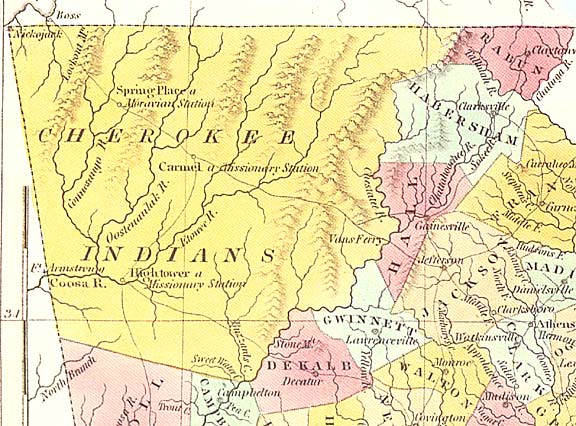
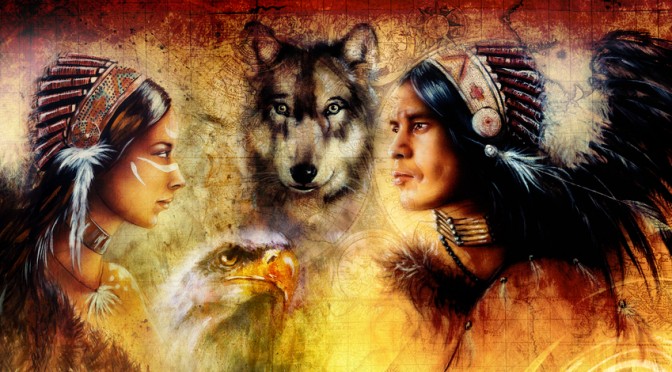
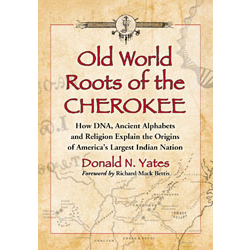
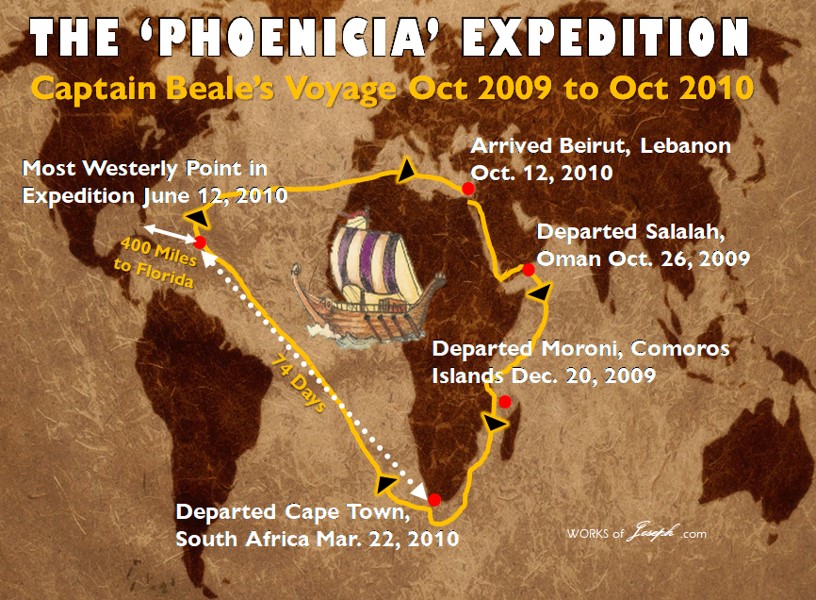


 They eventually also fought Rome in the Sicilian Wars of 265–146 BCE but lost because they were outnumbered, had a lack of full governmental involvement, and relied too much on their navy. That enabled Roman settlement of Africa and eventual domination of the Mediterranean Sea. Cato the Elder famously ended all his speeches, regardless of their subject, with the imperative that Carthage be utterly crushed, a view summarised in Latin by the phrase Praeterea censeo Carthaginem esse delendam meaning, “Moreover, I declare, Carthage must be destroyed!”. Although the Carthaginians were eventually conquered in 146 BCE, with their city destroyed, Cato never got to see his victory, having died 3 years earlier.
They eventually also fought Rome in the Sicilian Wars of 265–146 BCE but lost because they were outnumbered, had a lack of full governmental involvement, and relied too much on their navy. That enabled Roman settlement of Africa and eventual domination of the Mediterranean Sea. Cato the Elder famously ended all his speeches, regardless of their subject, with the imperative that Carthage be utterly crushed, a view summarised in Latin by the phrase Praeterea censeo Carthaginem esse delendam meaning, “Moreover, I declare, Carthage must be destroyed!”. Although the Carthaginians were eventually conquered in 146 BCE, with their city destroyed, Cato never got to see his victory, having died 3 years earlier.



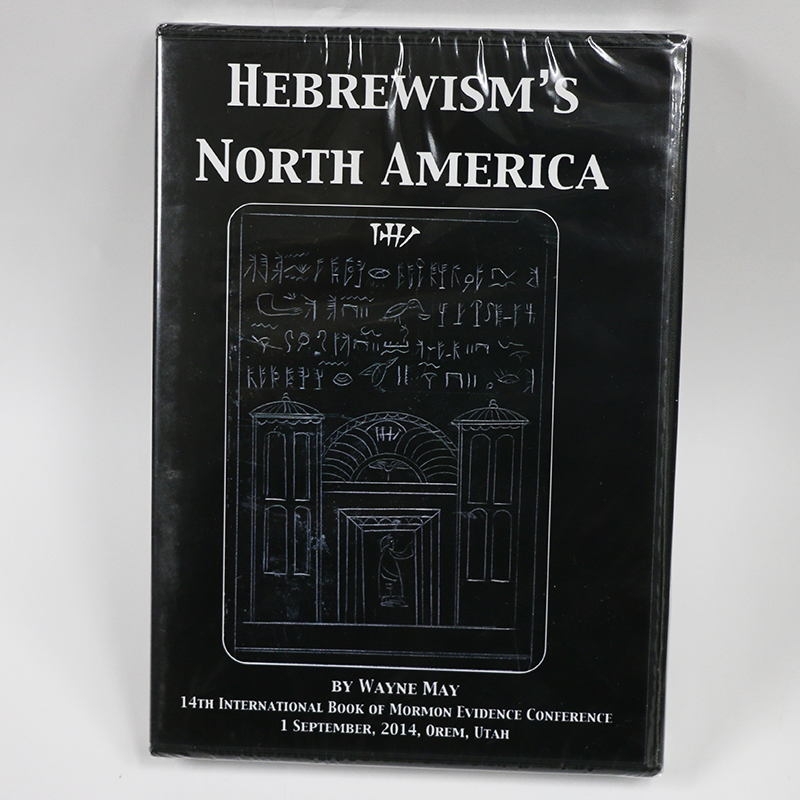
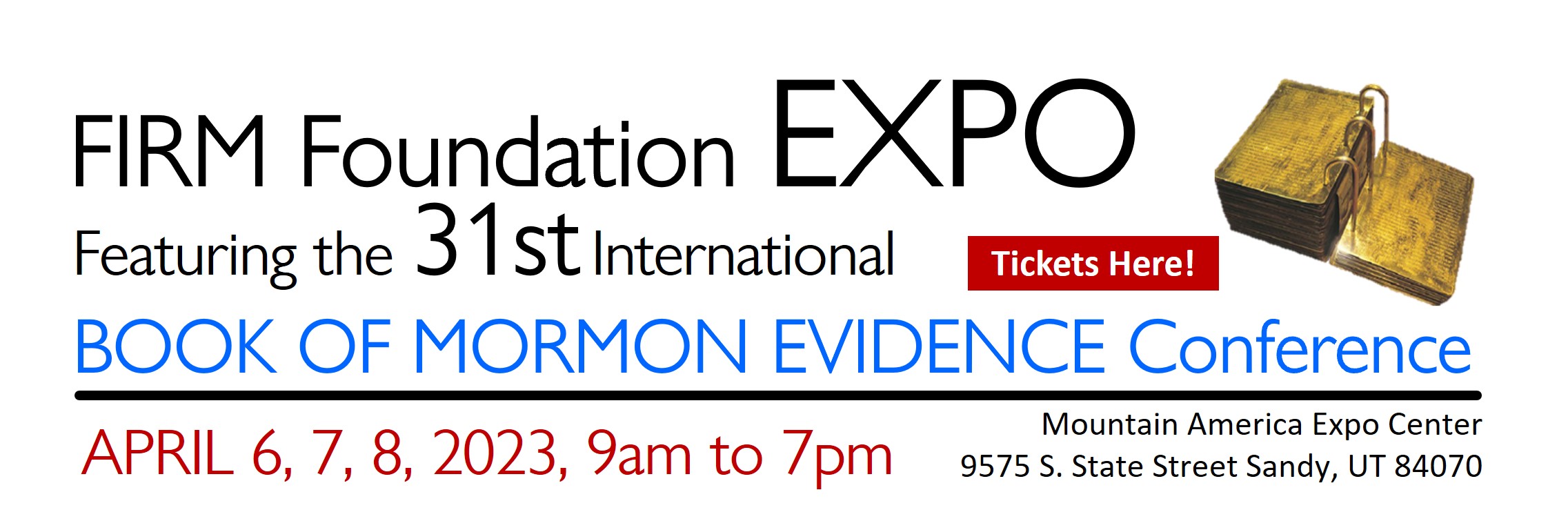
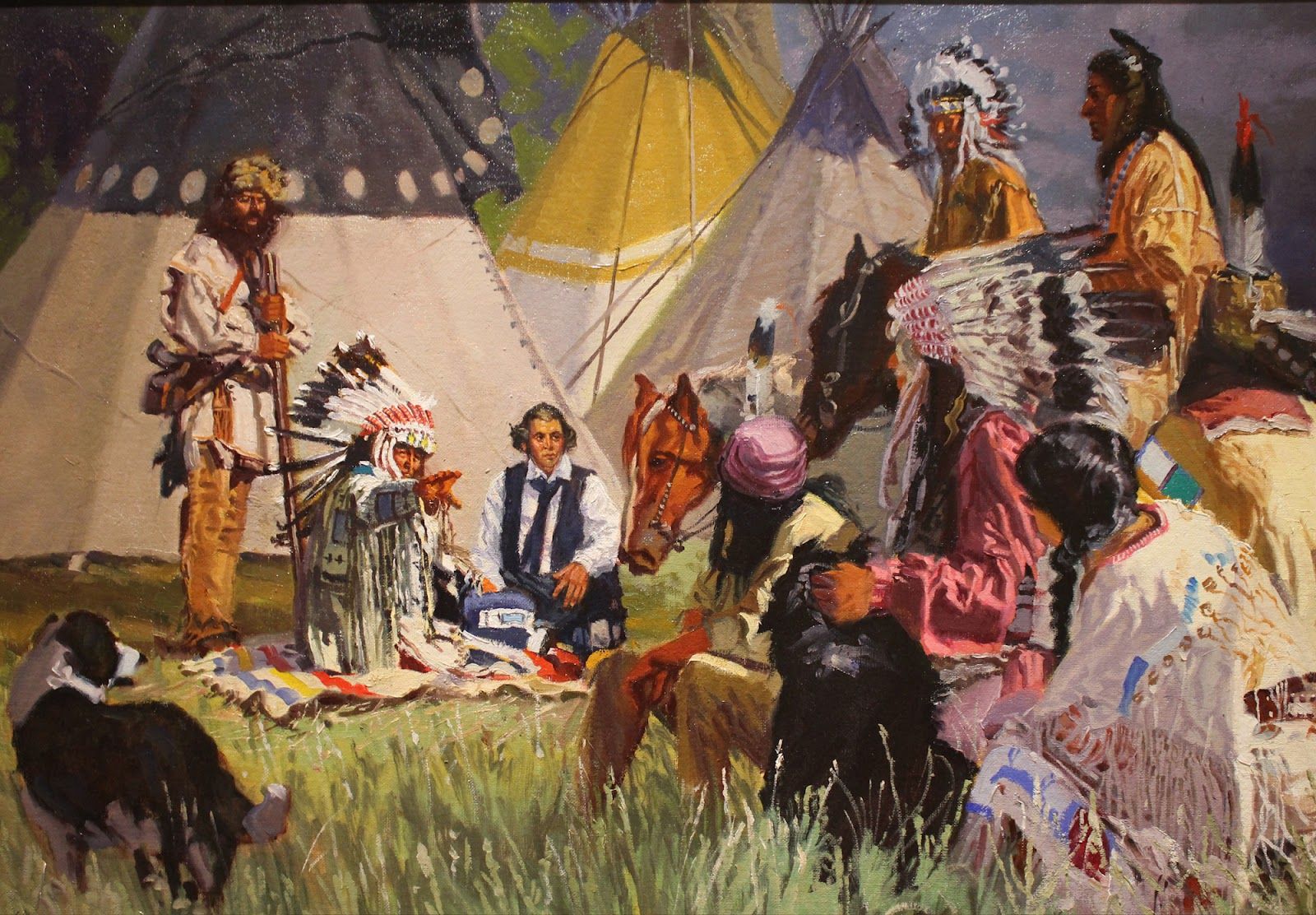
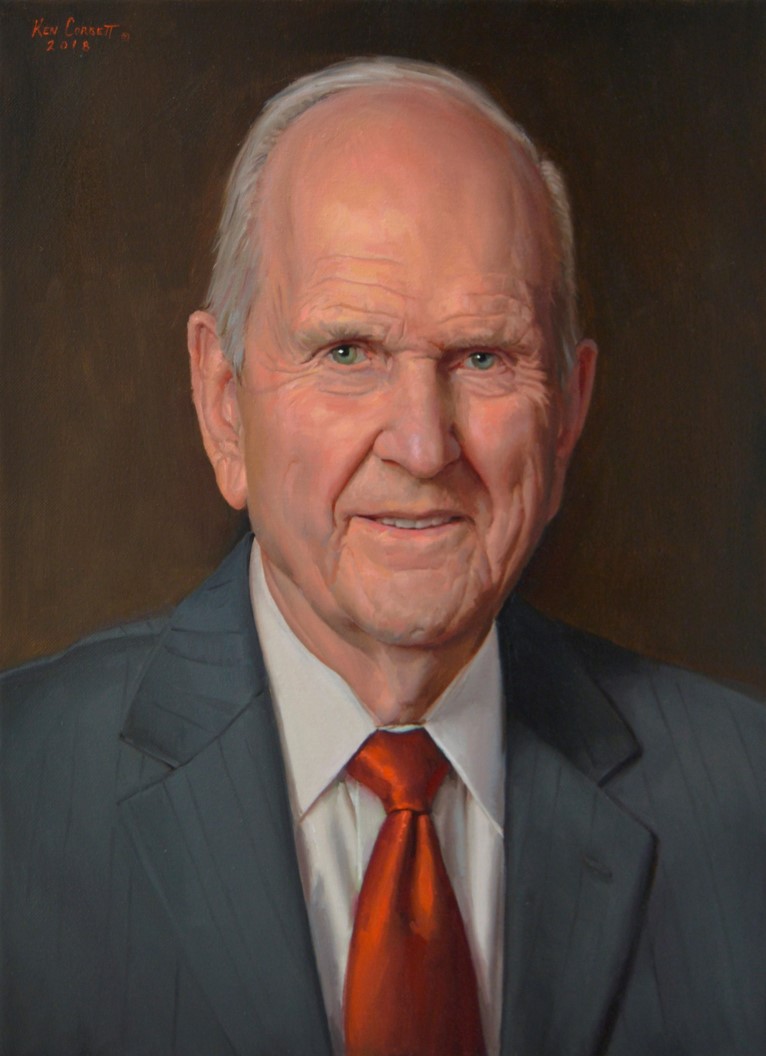 Each exemplary follower of Jesus Christ can become an effective member missionary. Members and full-time missionaries may walk arm in arm in bringing the blessings of the gospel to cherished friends and neighbors.
Each exemplary follower of Jesus Christ can become an effective member missionary. Members and full-time missionaries may walk arm in arm in bringing the blessings of the gospel to cherished friends and neighbors. 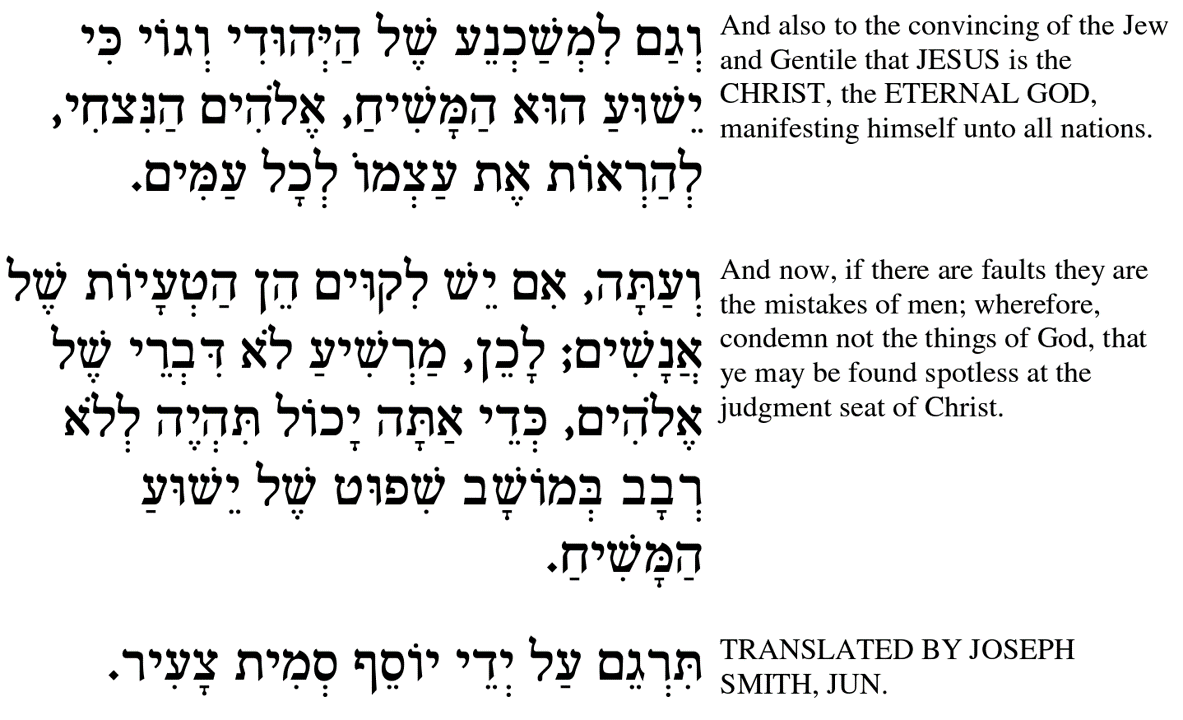
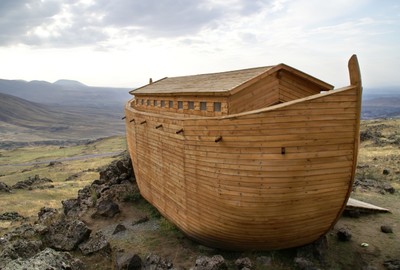
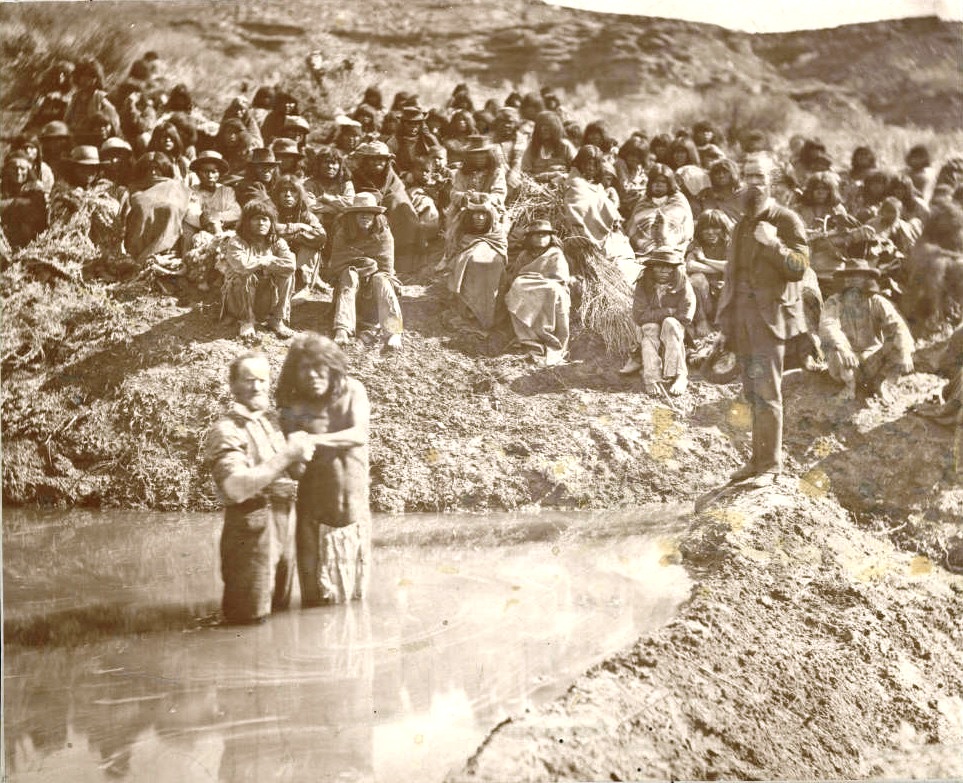
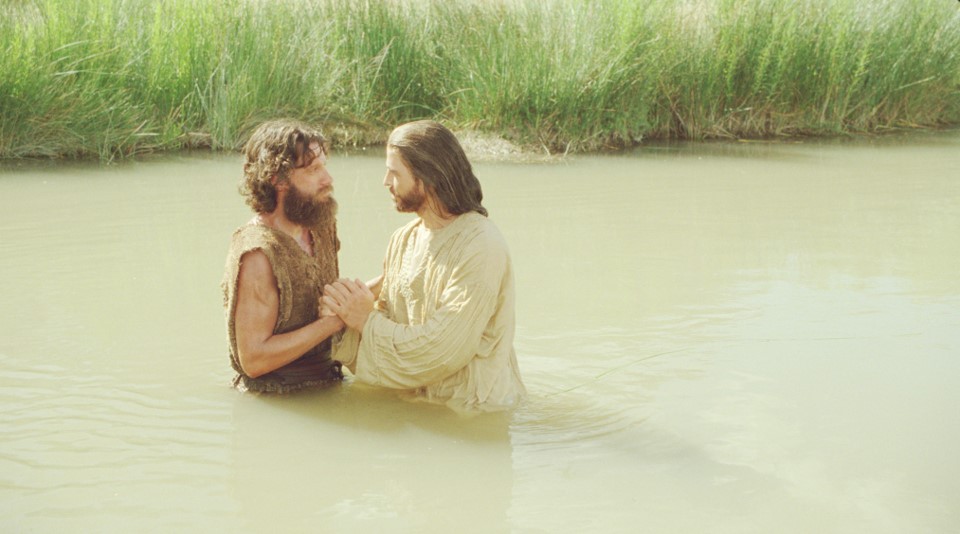
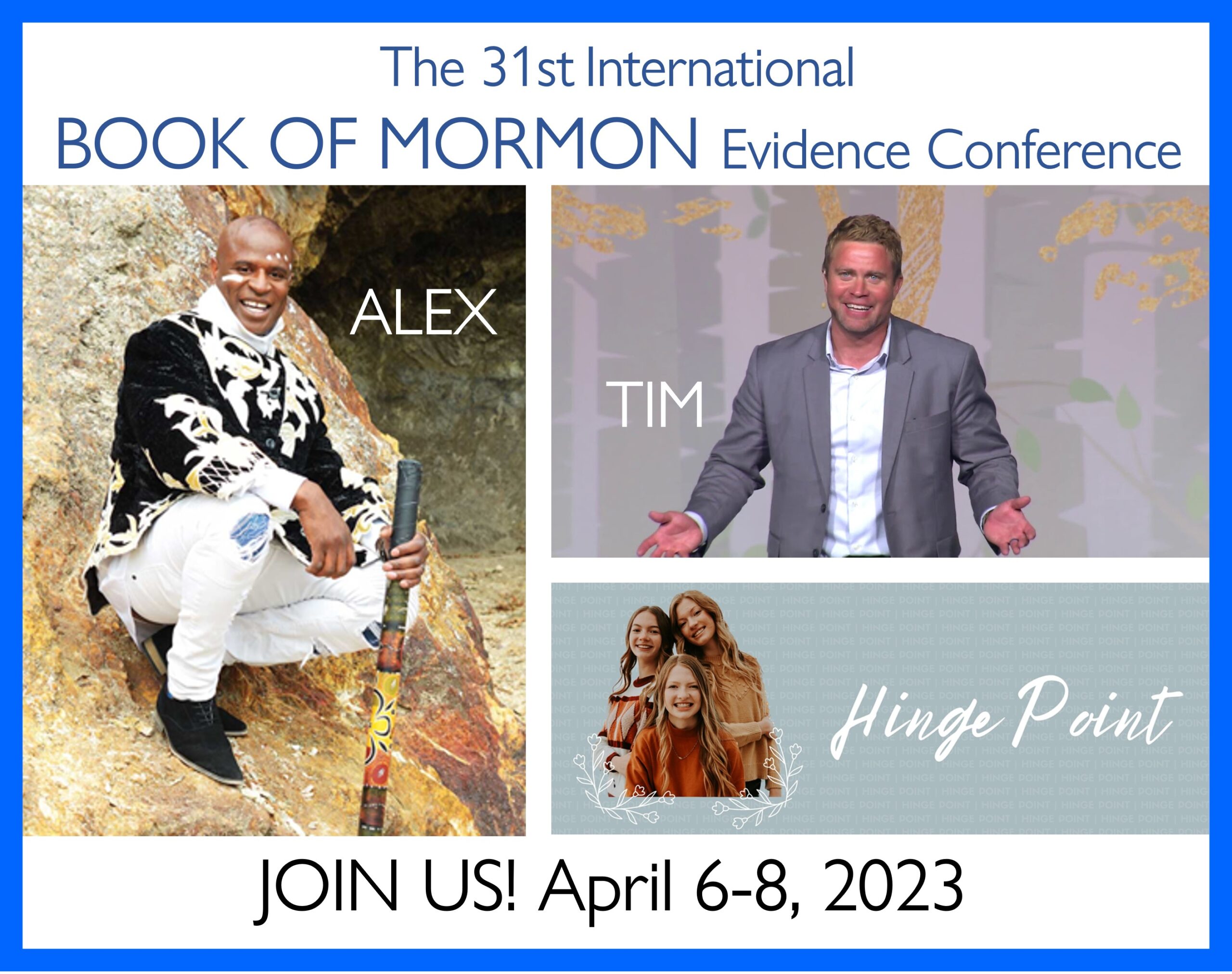
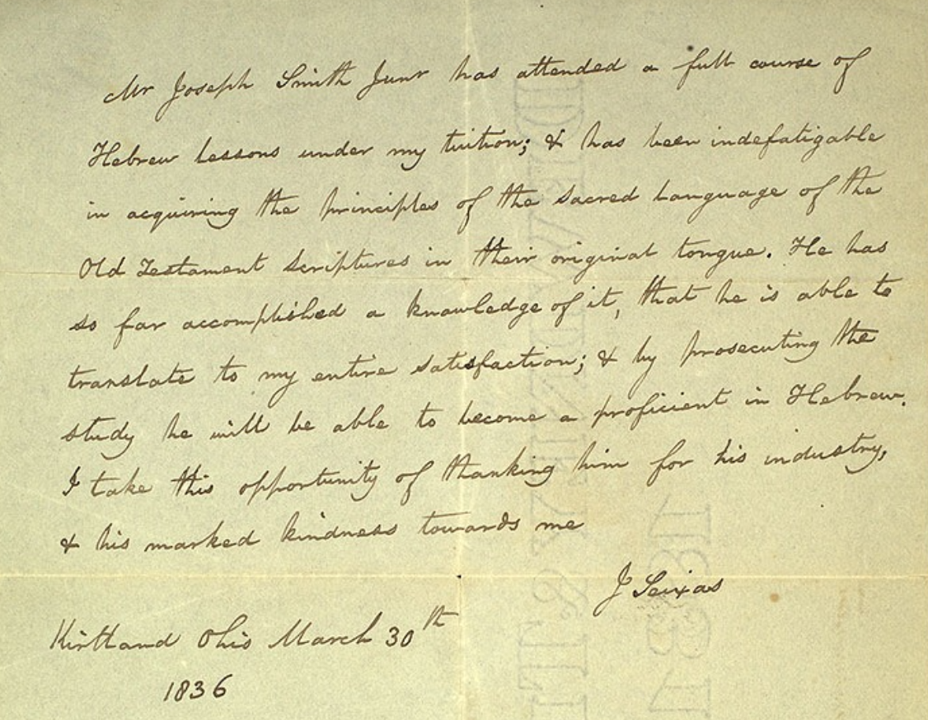
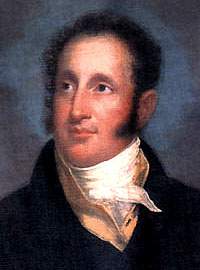
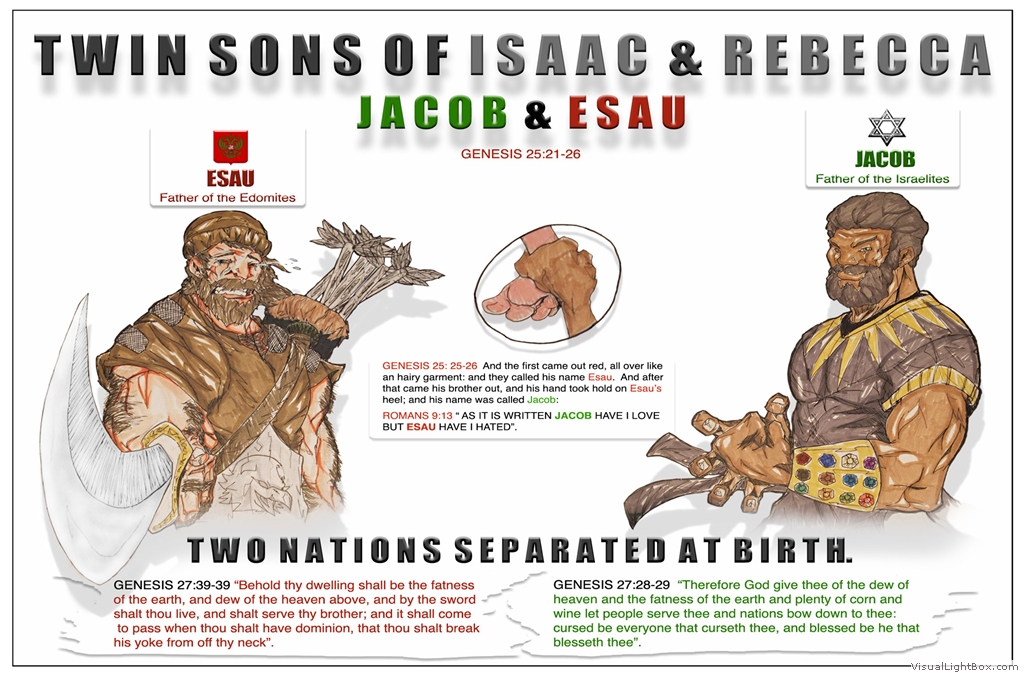
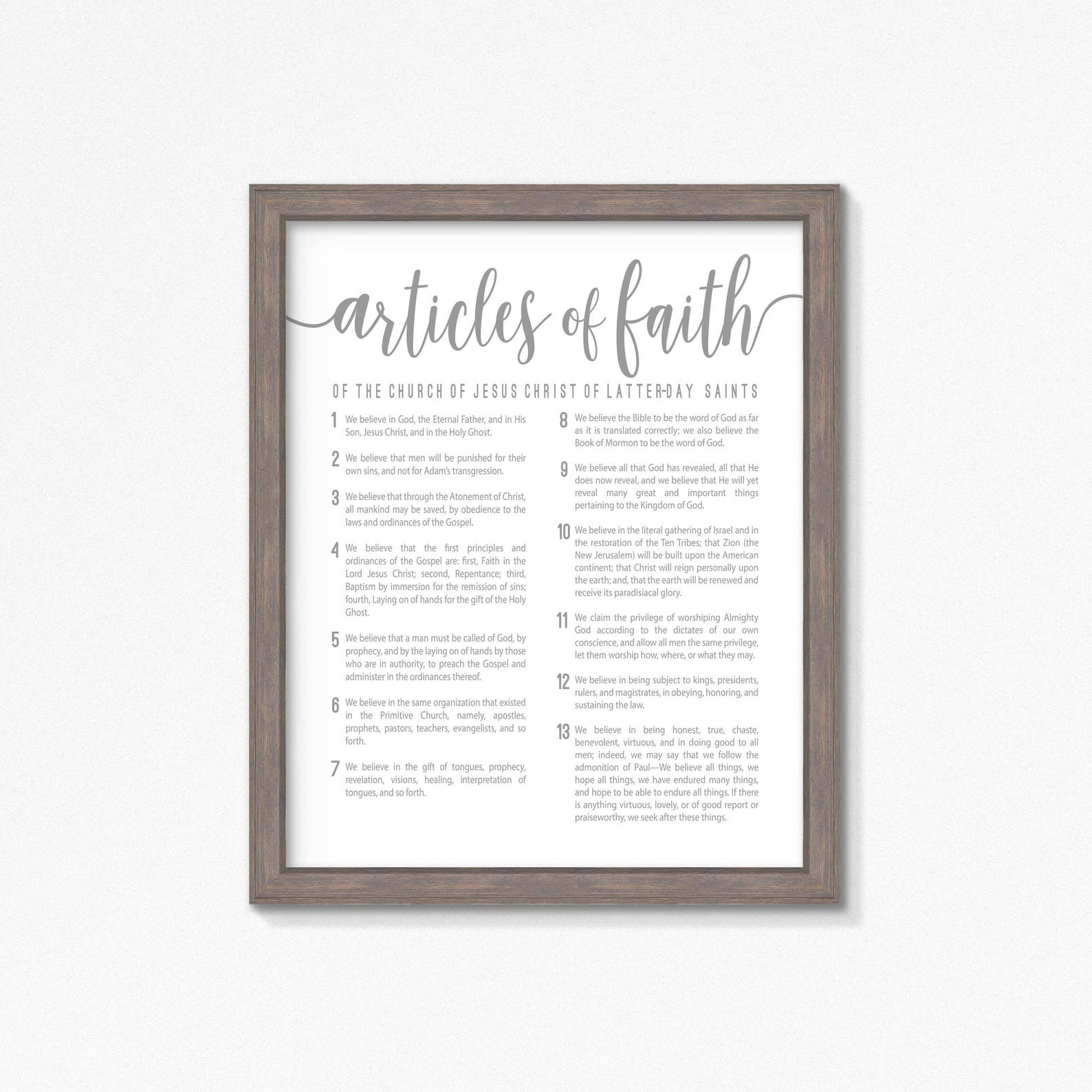
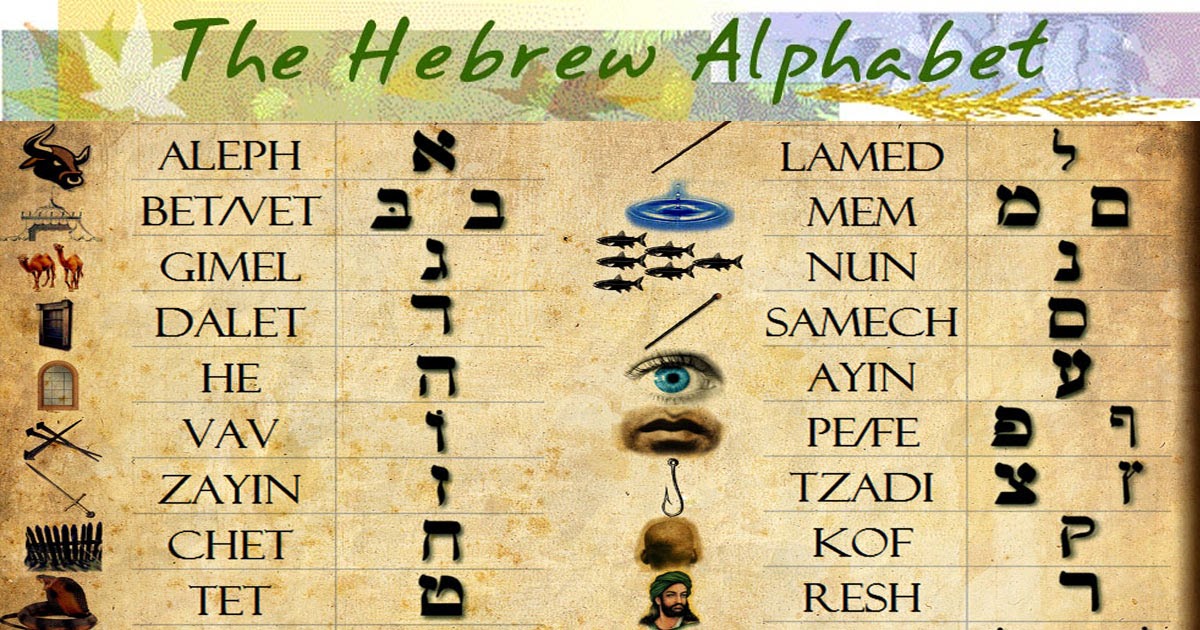
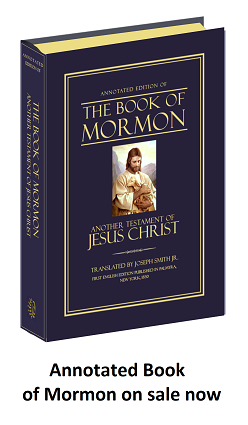
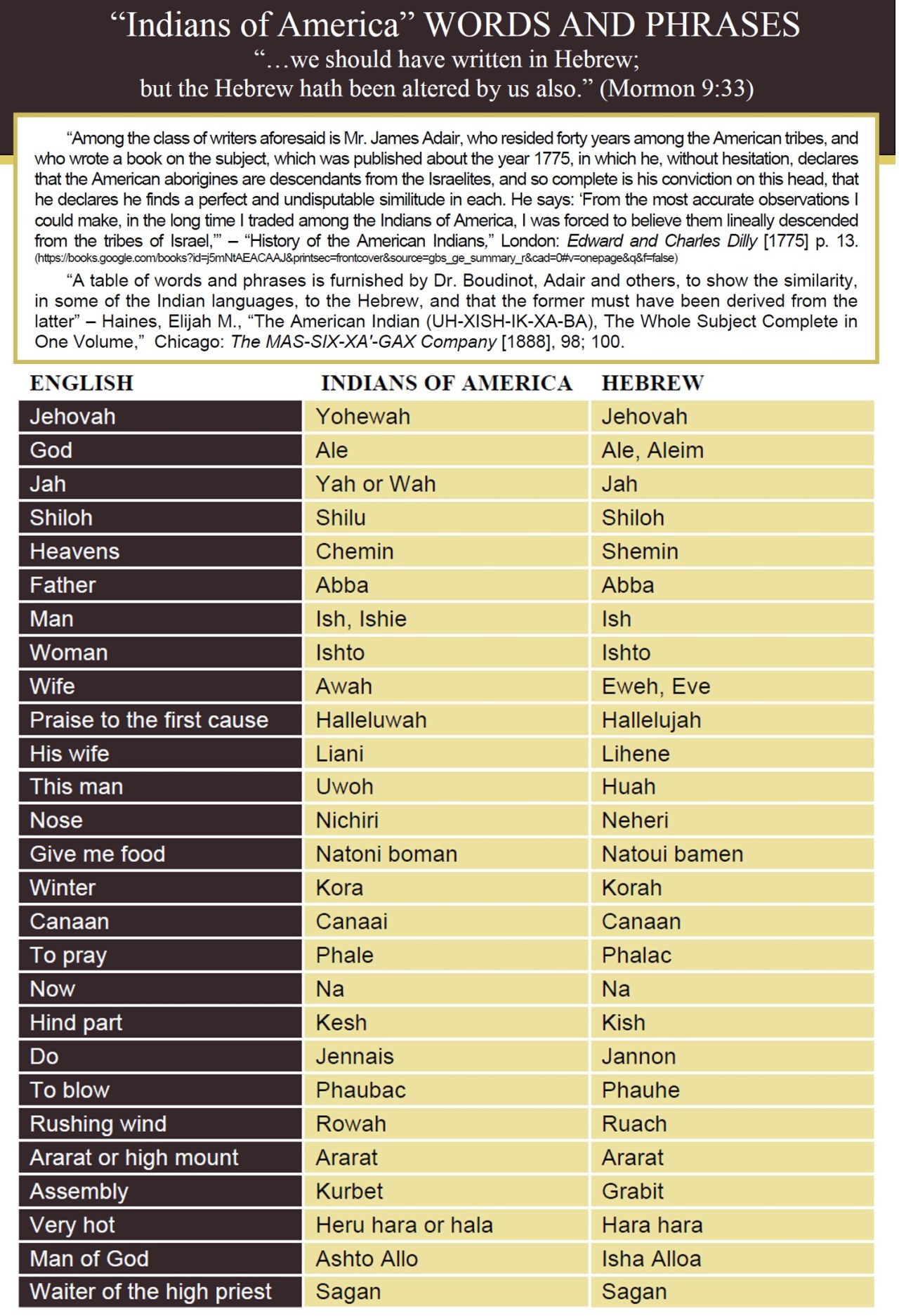 Since no new “Scientific Law” has been discovered and proven in over 100 years, the scientists are now propping up their new “theories” as if they are true. Take for example the theory of evolution. Last time I heard it is still a theory and has never been proven to be a law. What about the theory of magma in the center of the earth? It has been shown in Dean Sessions book that it is more likely that water is at the center of the earth? I’m not a scientist but just an ordinary man who likes to have science and history just “make sense”. What about the intellectuals that say Noah’s flood was not universal or was a myth? What about those who say Adam was not the first man created on this earth? I would rather ask the simple question of, “does it make common sense” rather than listen to many intellectuals who claim to know the unknown.
Since no new “Scientific Law” has been discovered and proven in over 100 years, the scientists are now propping up their new “theories” as if they are true. Take for example the theory of evolution. Last time I heard it is still a theory and has never been proven to be a law. What about the theory of magma in the center of the earth? It has been shown in Dean Sessions book that it is more likely that water is at the center of the earth? I’m not a scientist but just an ordinary man who likes to have science and history just “make sense”. What about the intellectuals that say Noah’s flood was not universal or was a myth? What about those who say Adam was not the first man created on this earth? I would rather ask the simple question of, “does it make common sense” rather than listen to many intellectuals who claim to know the unknown.

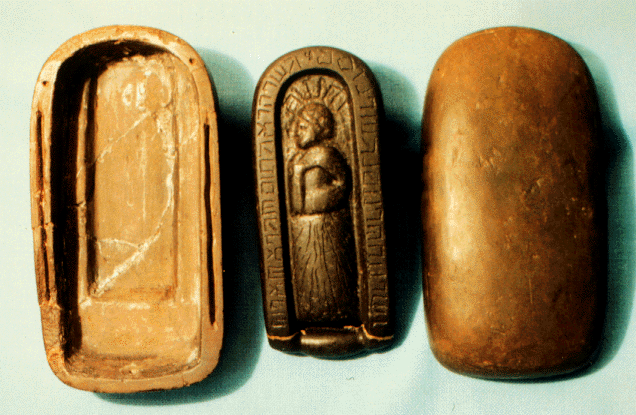
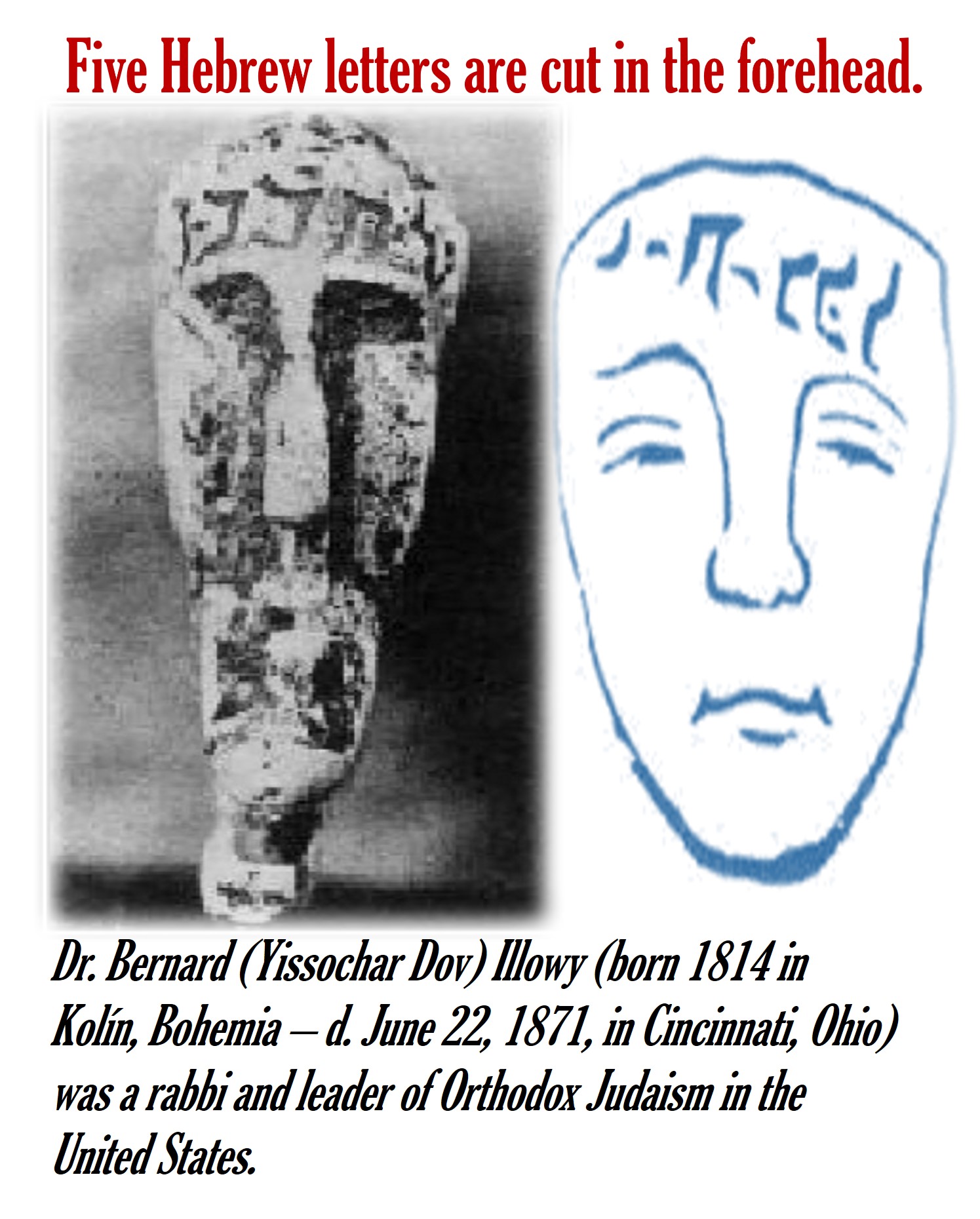 “NEPHI: This is also an Egyptian name, usually given as Knephi, and transliterated into Hebrew as Nebi. It means ‘prophet’ or one who speaks with God. The great Osiris, one of the Egyptian gods, was called Nephi or Knephi and the city in his honor was n-ph (vowels always had to be supplied). It is the city we know today as Memphis, located across the Nile from Cairo, but it is referred to by its original name of Noph (a variant of Nephi) in the writings of Hosea, Isaiah, and Jeremiah.” Treasures from the Book of Mormon, Volume One By W. Cleon Skousen
“NEPHI: This is also an Egyptian name, usually given as Knephi, and transliterated into Hebrew as Nebi. It means ‘prophet’ or one who speaks with God. The great Osiris, one of the Egyptian gods, was called Nephi or Knephi and the city in his honor was n-ph (vowels always had to be supplied). It is the city we know today as Memphis, located across the Nile from Cairo, but it is referred to by its original name of Noph (a variant of Nephi) in the writings of Hosea, Isaiah, and Jeremiah.” Treasures from the Book of Mormon, Volume One By W. Cleon Skousen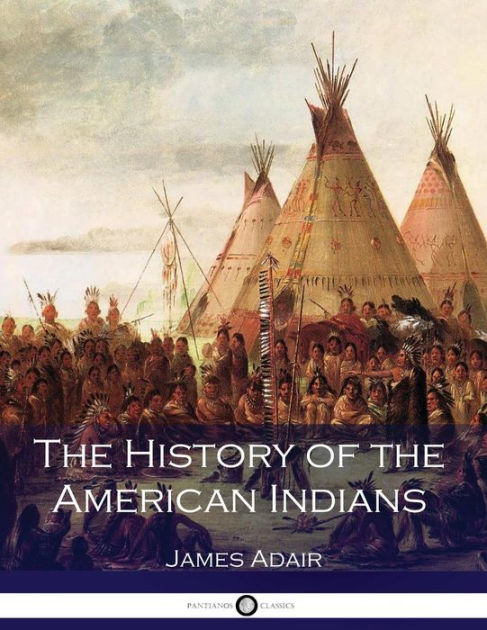
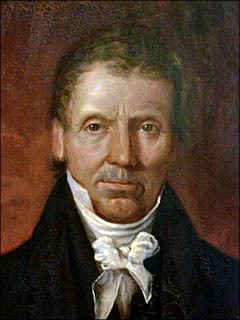



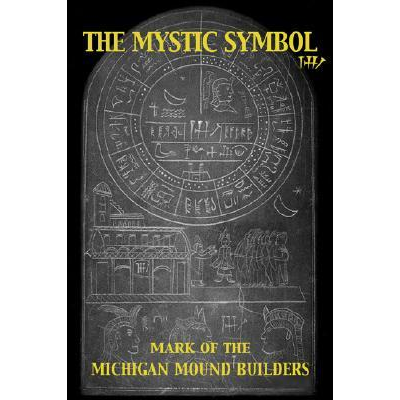
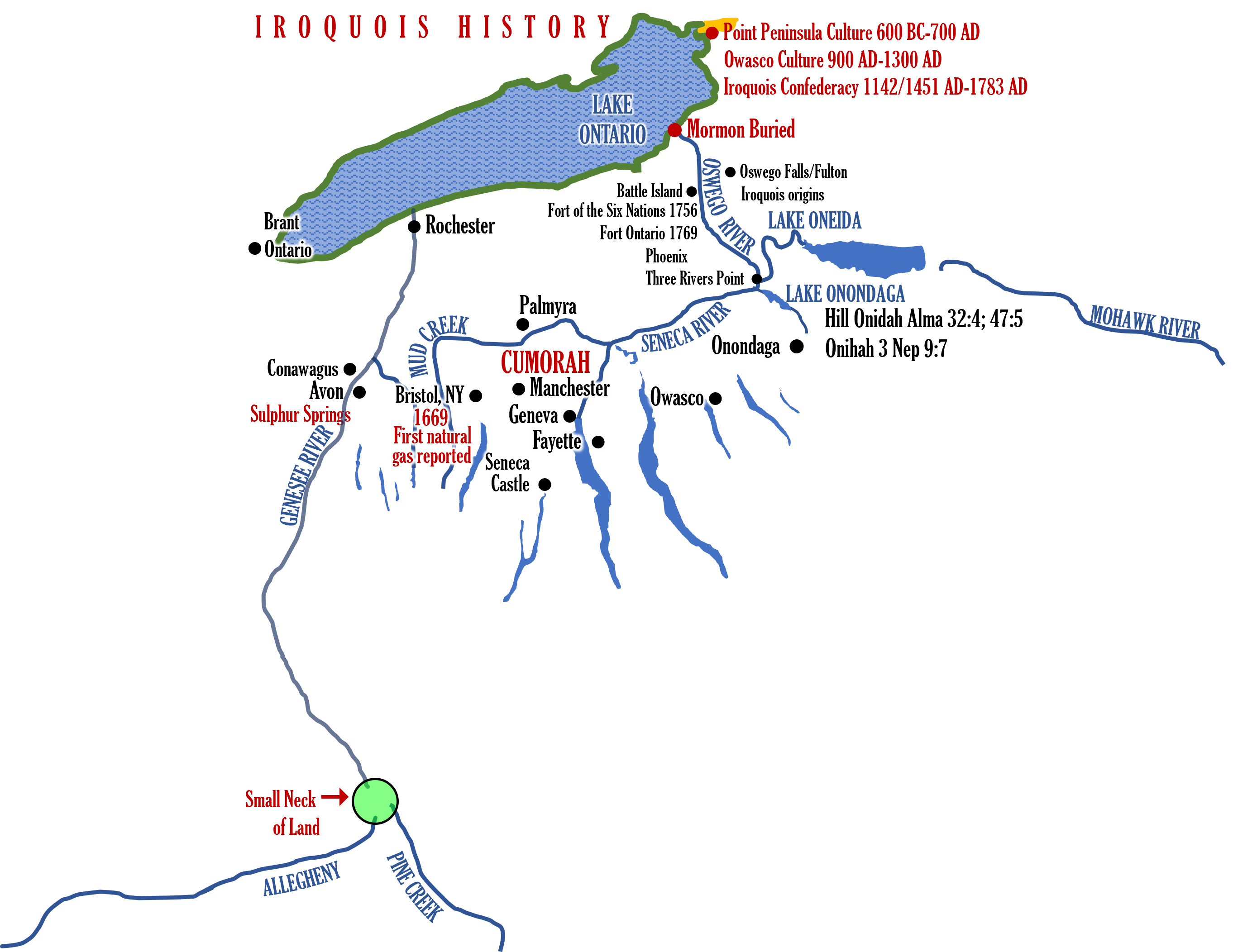
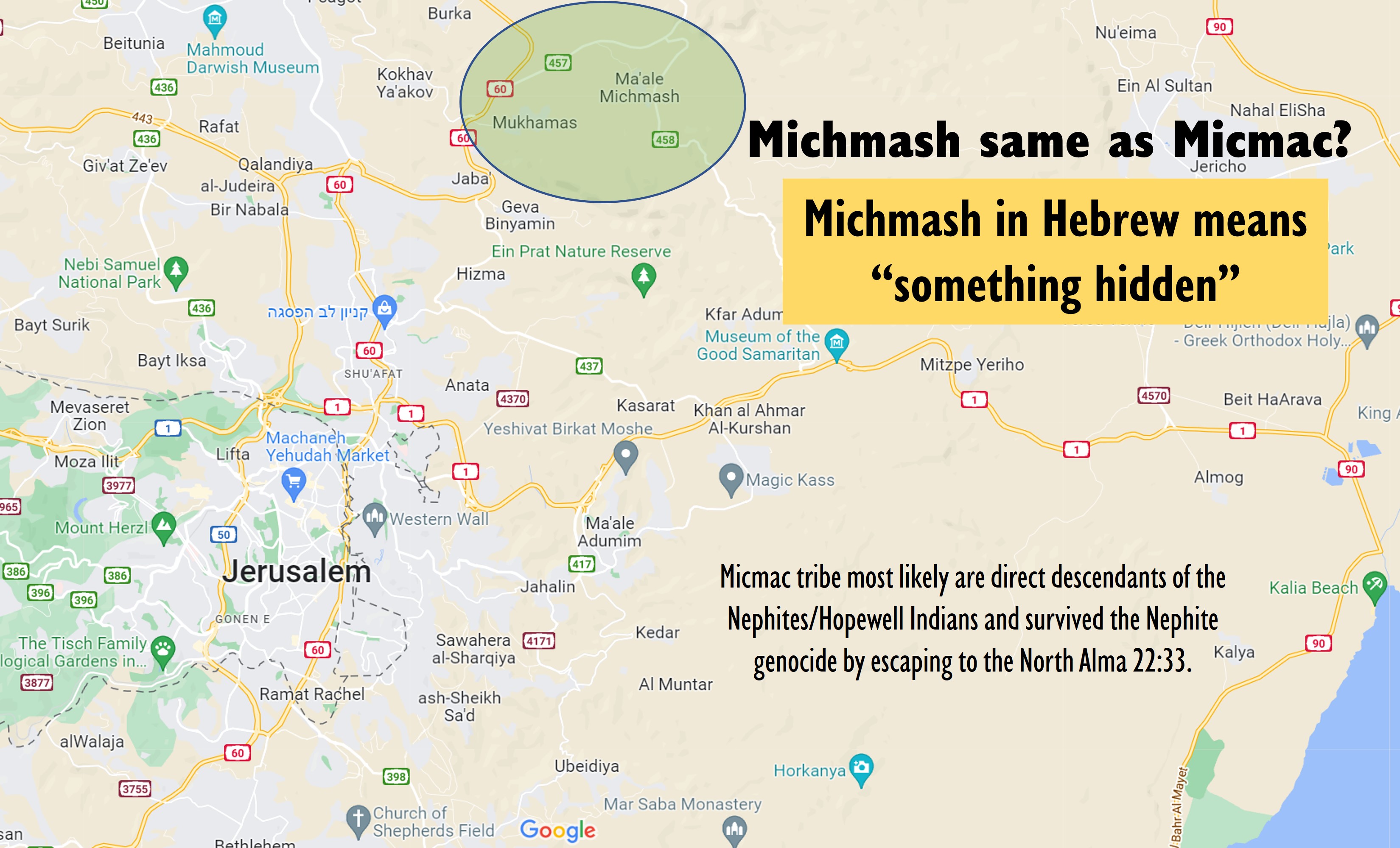
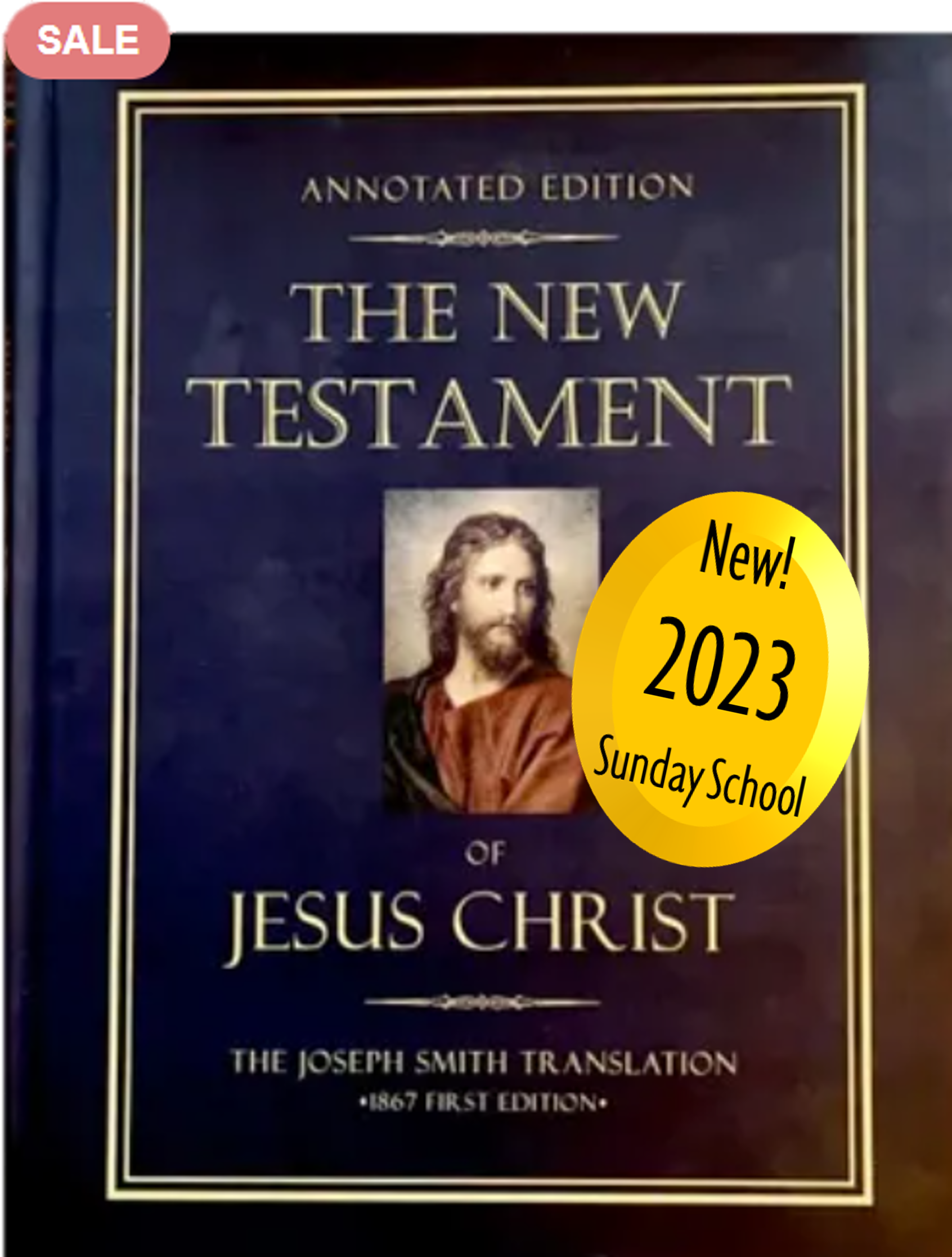


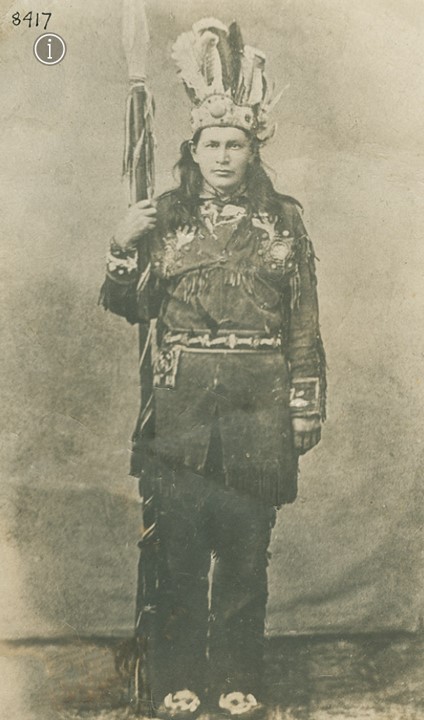
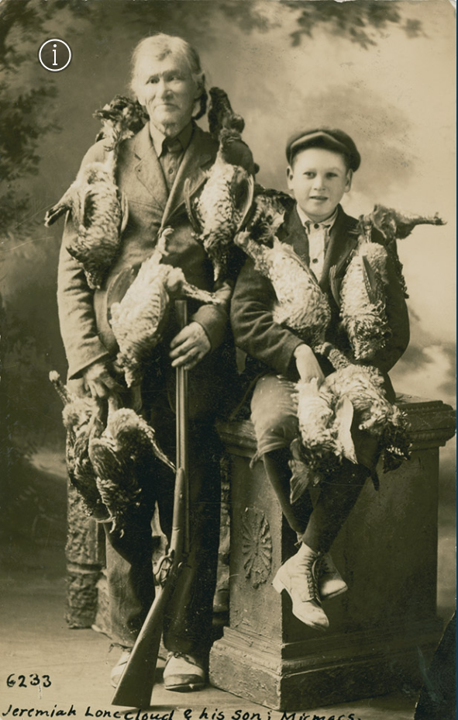
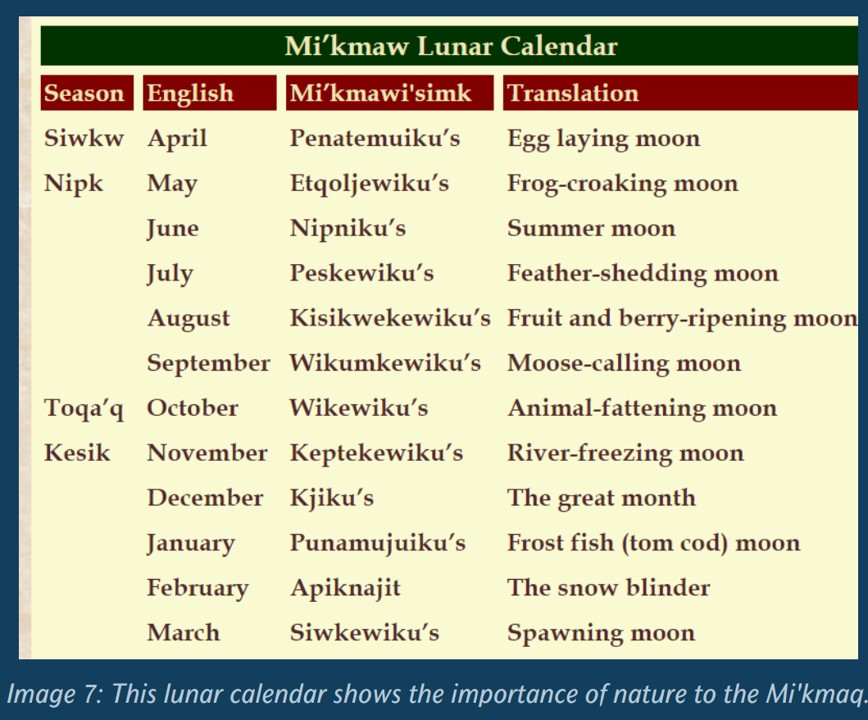
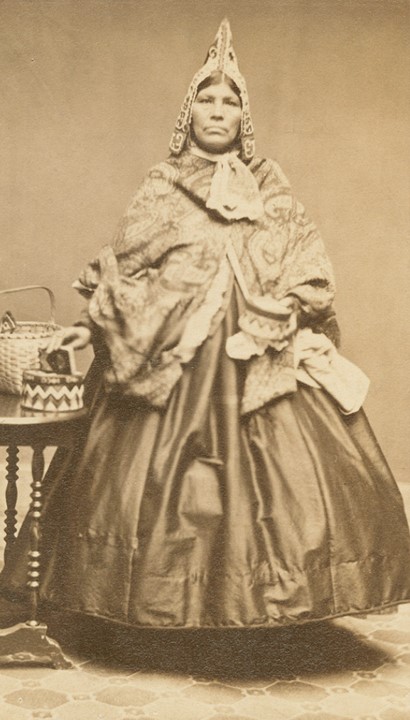 The genealogy and history of the Mi’kmaq Tribe can establish the lineages of our earliest known ancestors of the Mi’kmaq Tribe, family pedigrees, and our kinship relationship to other Turtle Island Tribes and foreign monarchies and traders.
The genealogy and history of the Mi’kmaq Tribe can establish the lineages of our earliest known ancestors of the Mi’kmaq Tribe, family pedigrees, and our kinship relationship to other Turtle Island Tribes and foreign monarchies and traders.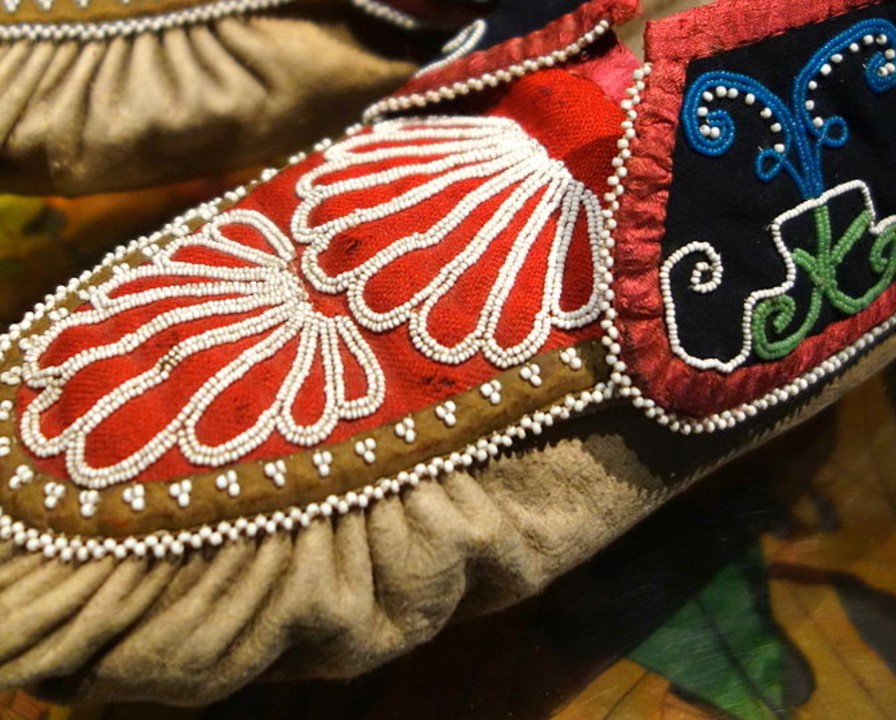


 Hebrew custom of one year betrothal and dowry
Hebrew custom of one year betrothal and dowry The Mi’kmaq are visited by a man who performs miracles and people are healed.
The Mi’kmaq are visited by a man who performs miracles and people are healed.
 Page 542
Page 542
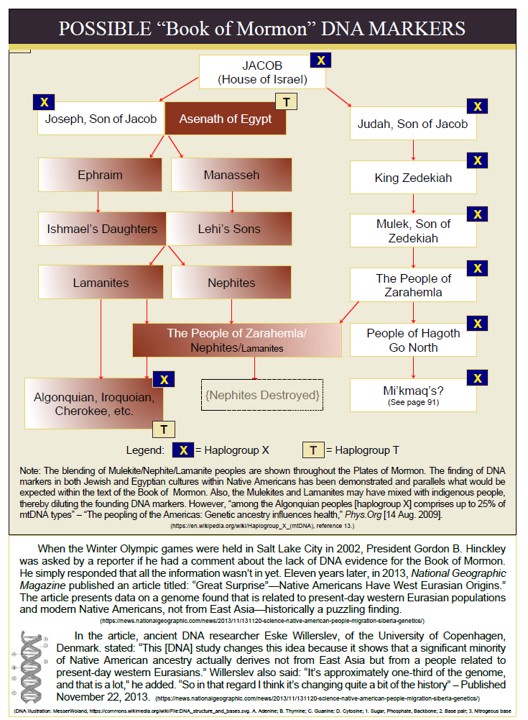
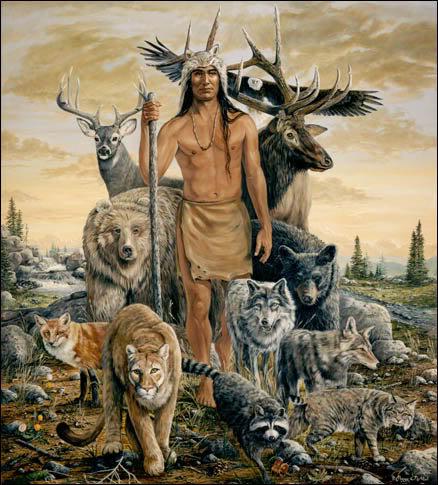

 Origin and Definition
Origin and Definition









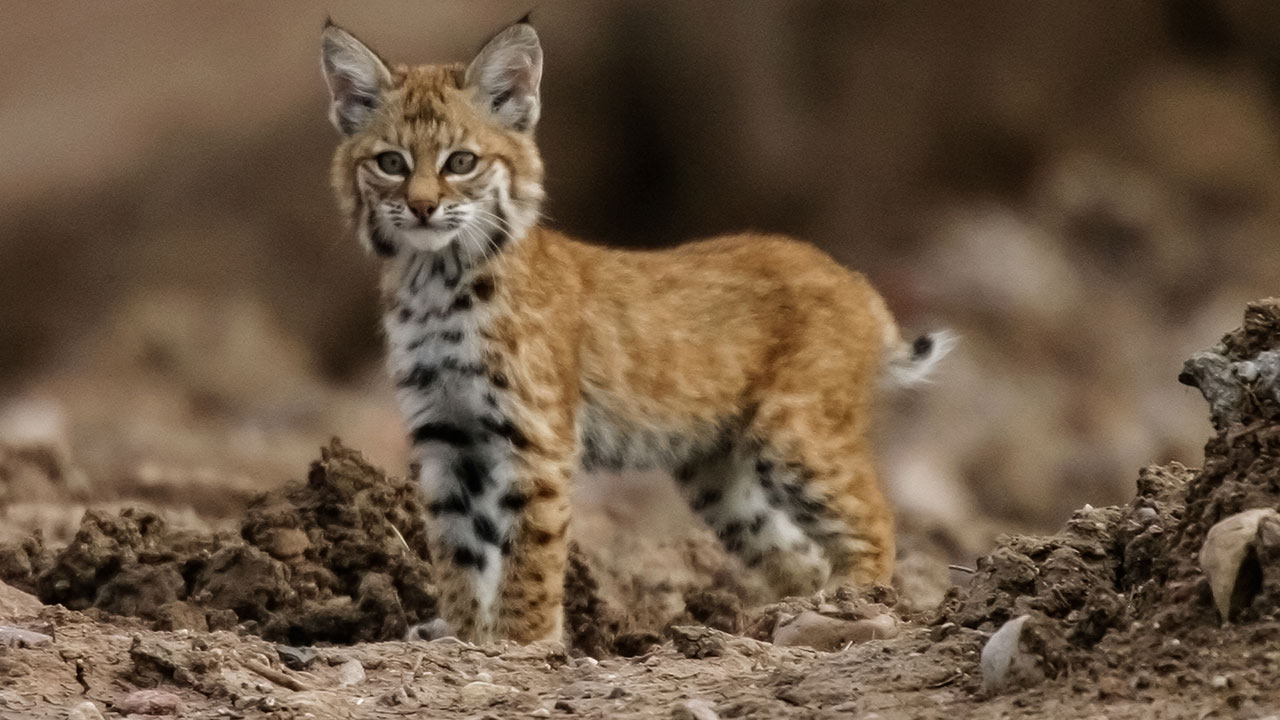
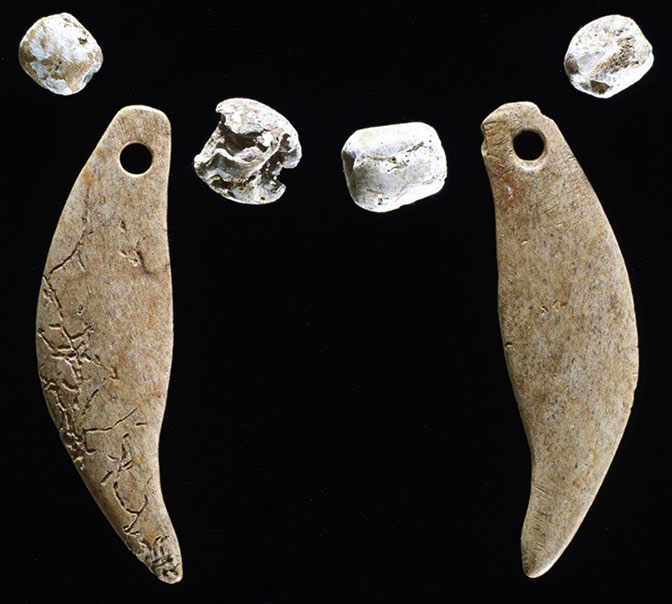

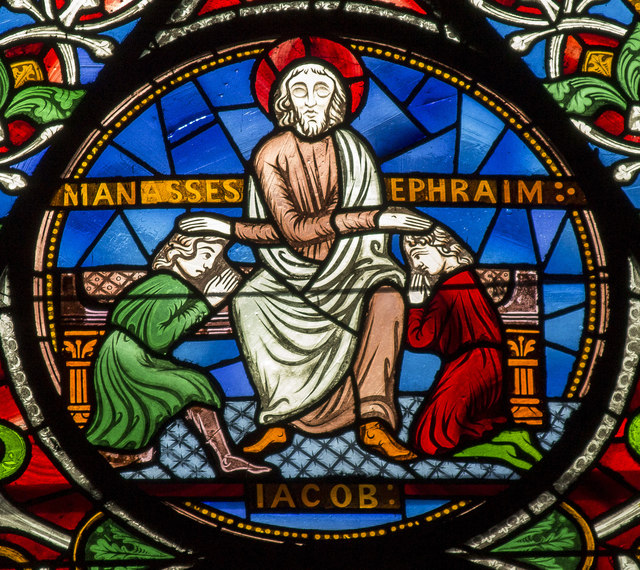
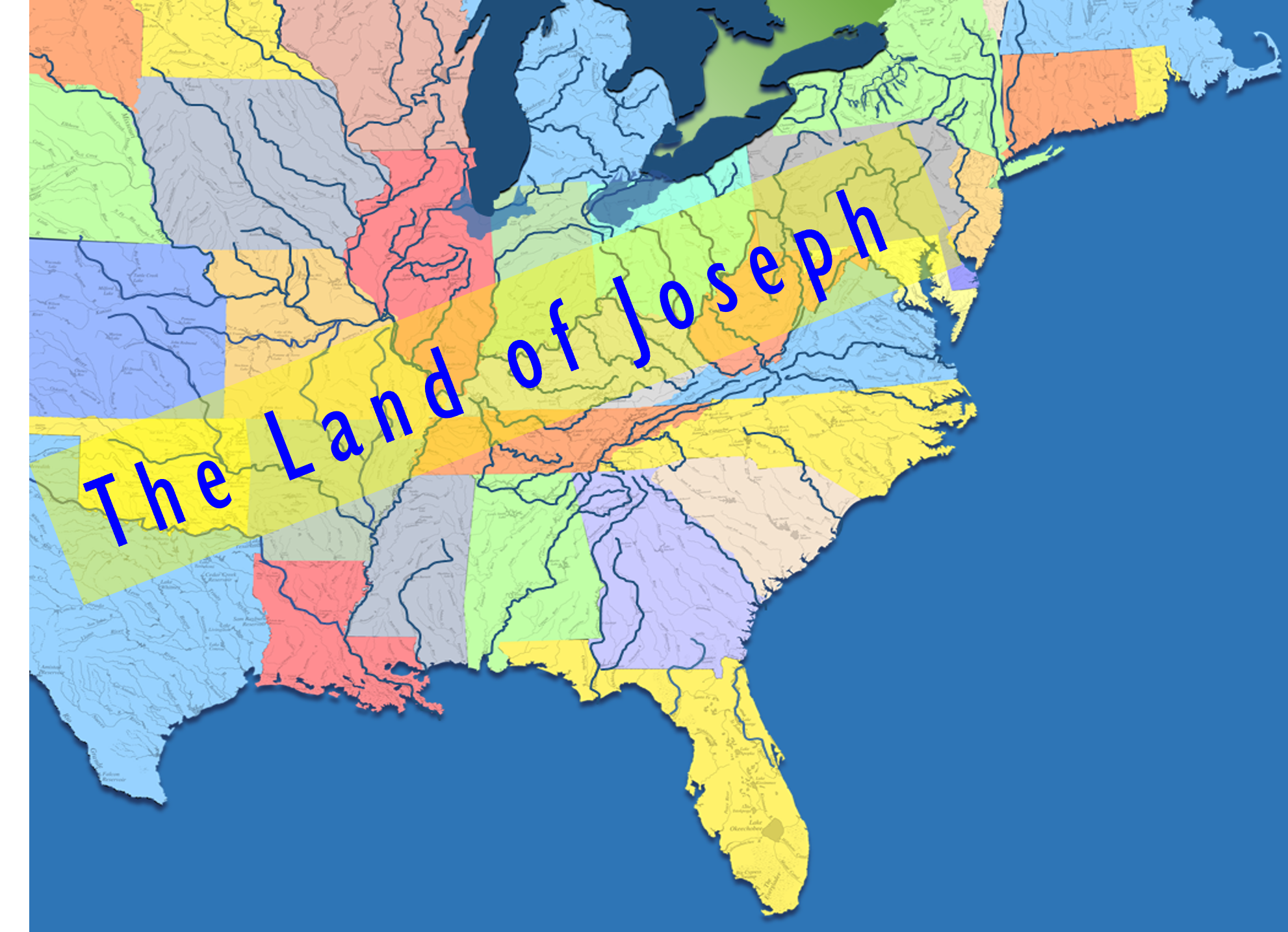 Elder Russell M. Nelson said, “Now, what of the promise of possession of certain lands? Territorial inheritance destined for the sons of Israel provided property in the Holy Land for Reuben, Simeon, Judah, Issachar, Zebulun, Gad, Asher, Dan, Naphtali, and Benjamin. But
Elder Russell M. Nelson said, “Now, what of the promise of possession of certain lands? Territorial inheritance destined for the sons of Israel provided property in the Holy Land for Reuben, Simeon, Judah, Issachar, Zebulun, Gad, Asher, Dan, Naphtali, and Benjamin. But 






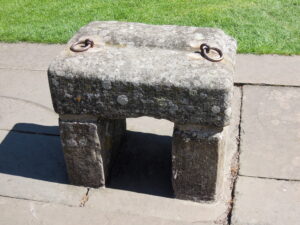


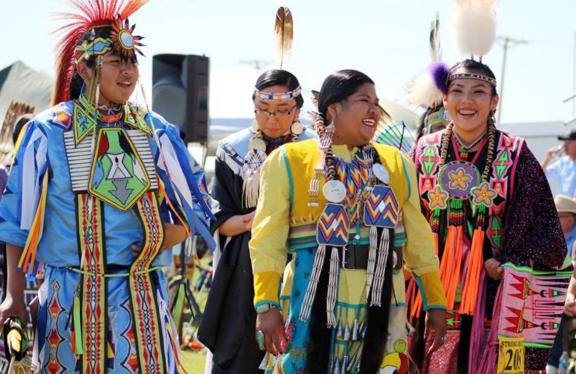
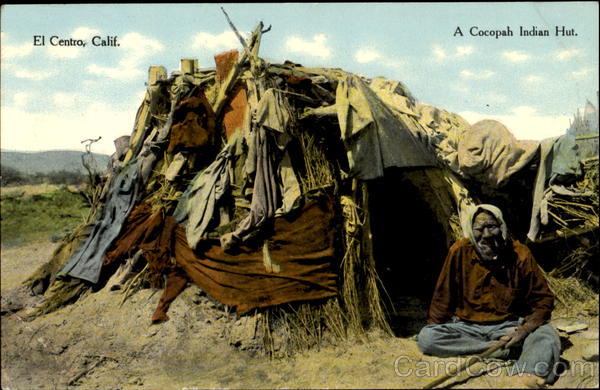
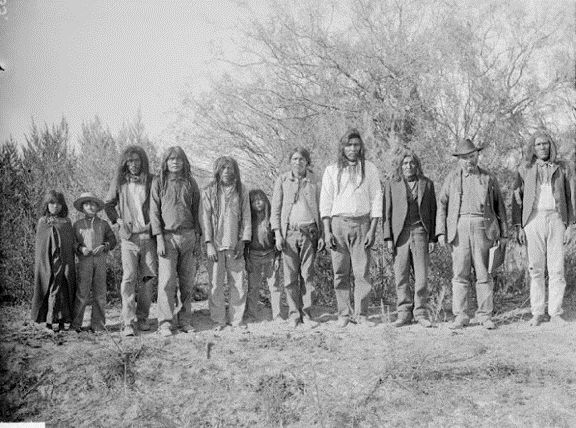
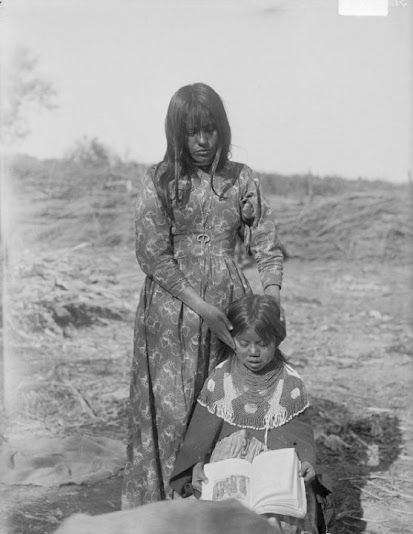
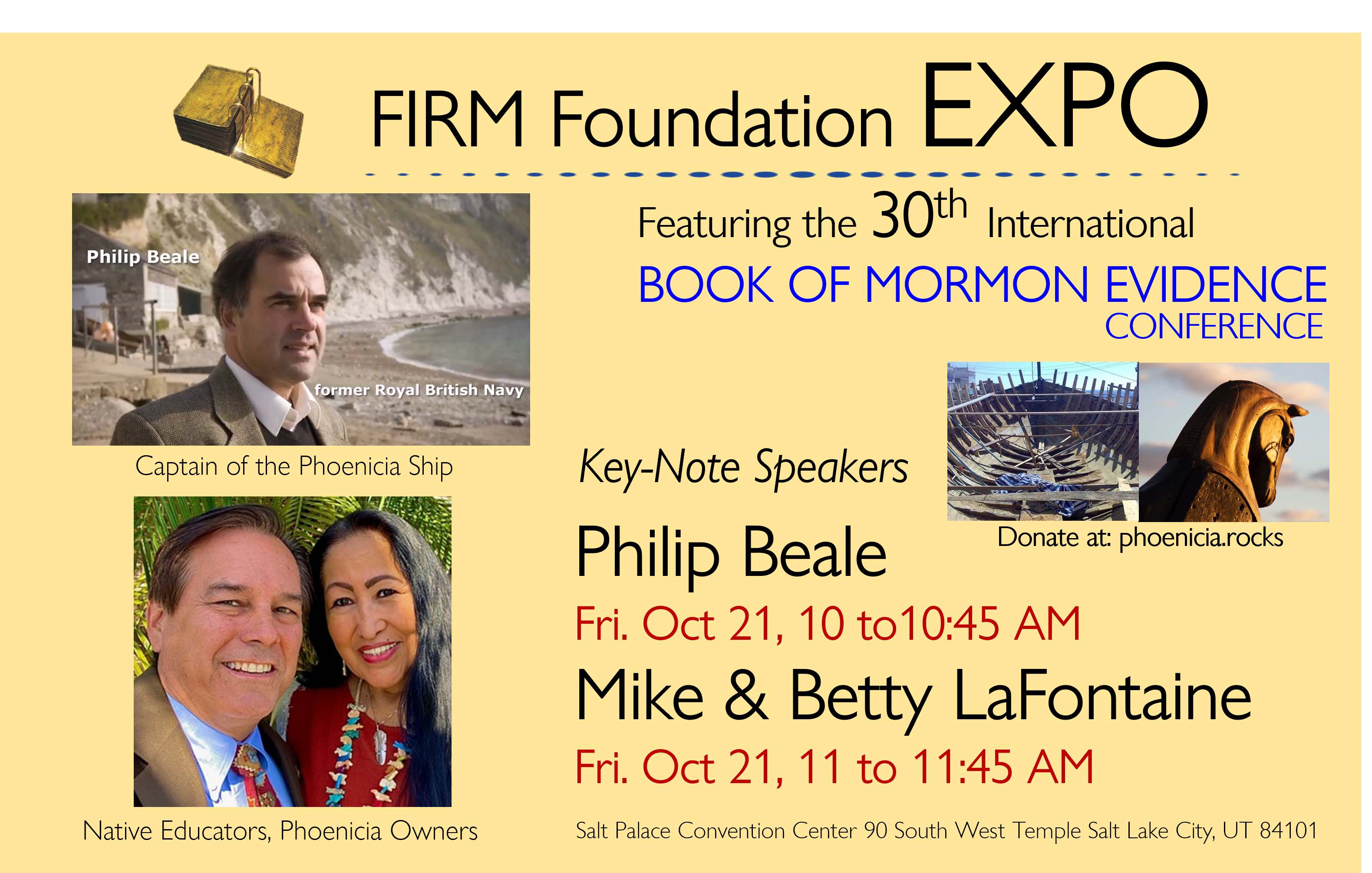
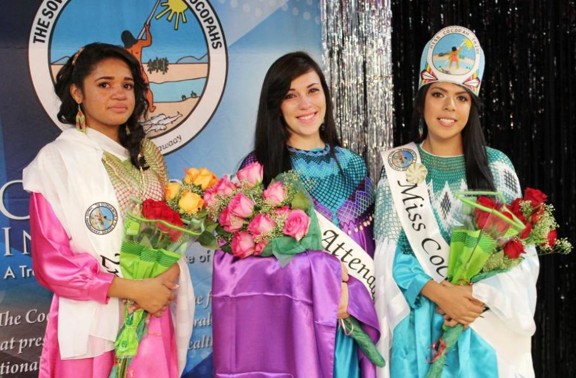
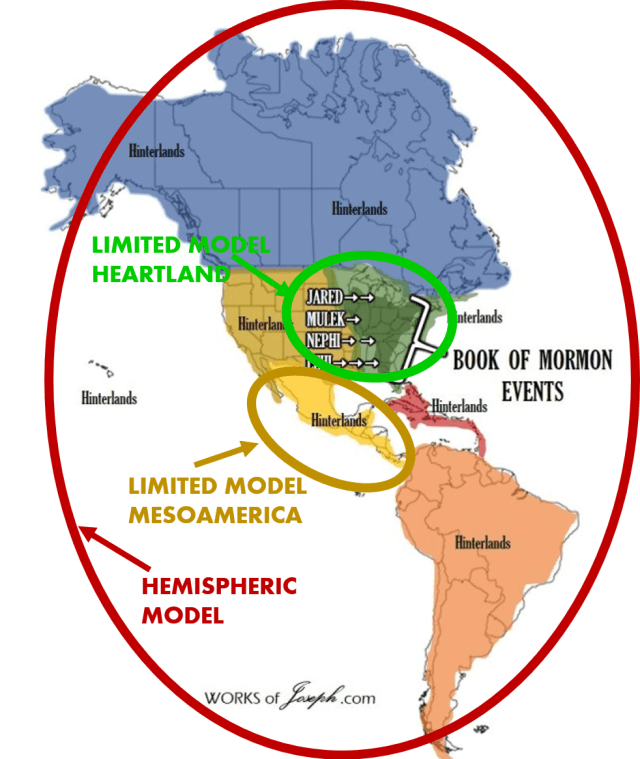

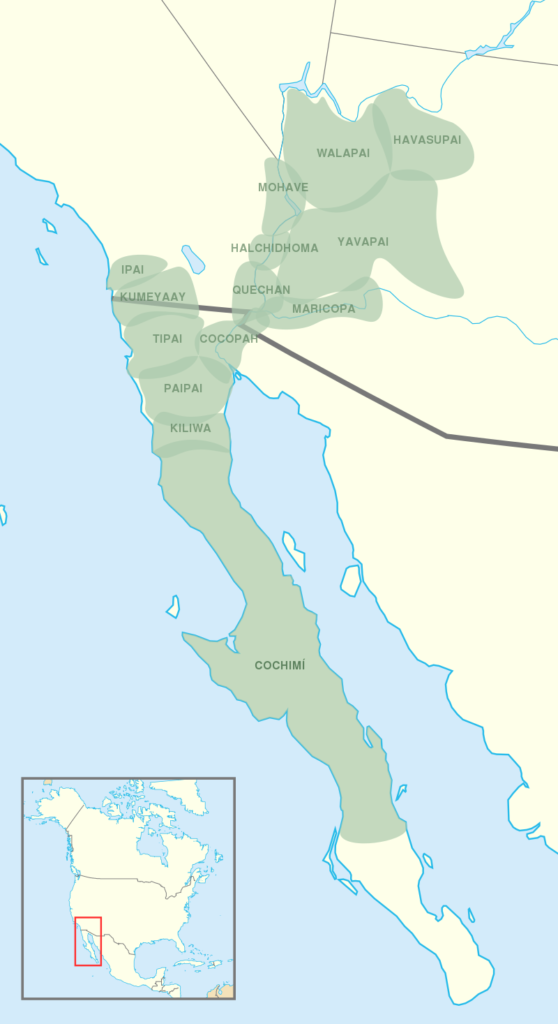
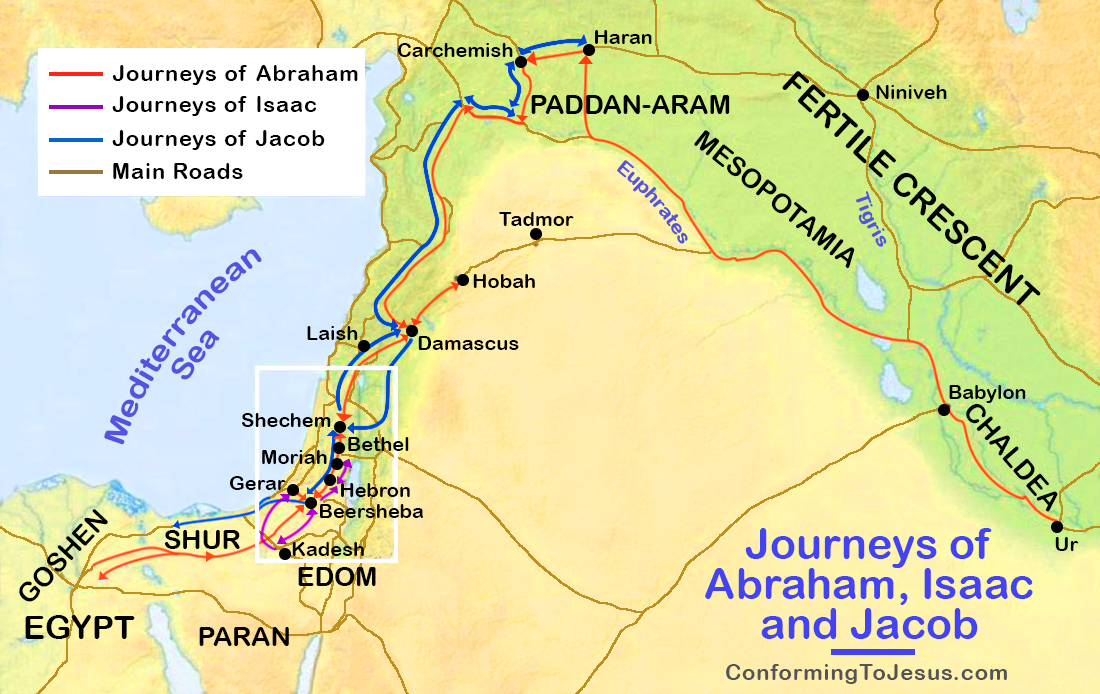
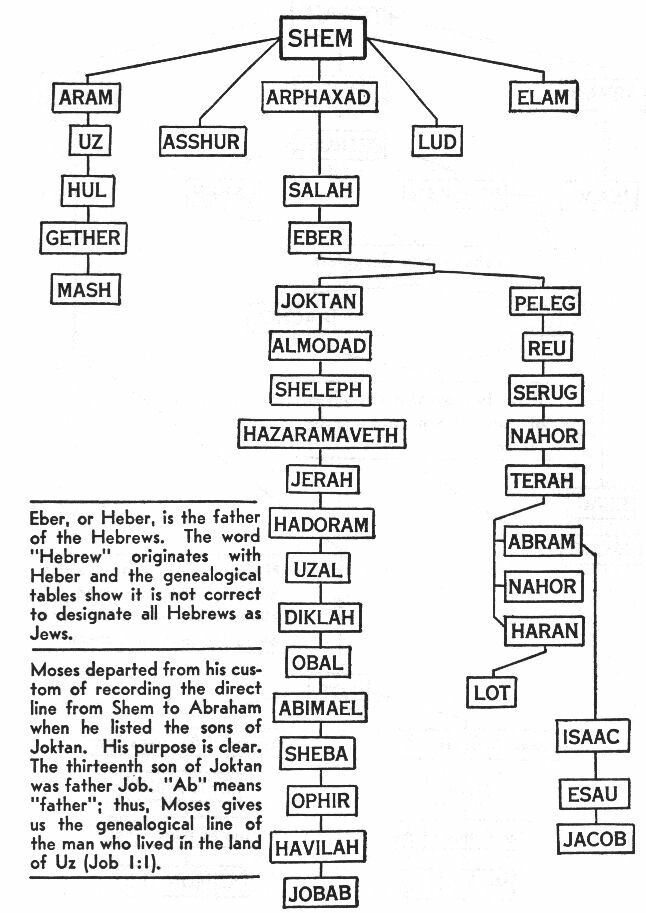 The title of this blog could also be, was Shem and Melchizedek the same person?
The title of this blog could also be, was Shem and Melchizedek the same person?




